In preparation for our visit to Machu Pichhu, we had to first make our way to the city of Cusco high up in the Andean mountains. Urubamba is in the Sacred Valley region and at 2,870 m (9,420 ft) is at a lower altitude compared to Cusco’s 3,399 m (11,152 ft) – so we decided to make it our first stop to aid with altitude acclimatization. As soon as we landed in Cusco from Lima we headed out to Urubamba, where the Tambo Del Inka resort would be our base for the next few days.
Sacred Valley
Nestled between the Andes mountains and with the Urubamba river flowing through it, the Sacred Valley in Peru has been deemed sacred due to its fertility since even pre-Incan times. The valley’s name Urubamba, translates in the Quechua language to the ‘land of spiders’, but thankfully we did not encounter any of its namesake during our visit! The Sacred Valley is a magical place to visit – a destination rich in history, culture, and natural beauty. While spending a few days getting used to the altitude before our forays to Machu Picchu and Cusco, we spent a few days here exploring the stunning Maras & Moray sights, enjoyed a traditional cooking class with a local chef, and simply relaxed at the luxurious Tambo del Inka resort. Here are the main highlights:
1. Visit the Maras Salineras Salt Mine
One of the most impressive sights in the Sacred Valley is the Maras Salineras salt mine. This source of famed Peruvian pink salt has been around for centuries since the Incan times, and owes its enduring presence to a saltwater spring that still feeds the mines. We had to drive for about a half hour from the resort through the dry and dusty sacred valley terrain, before this white oasis appeared within a secluded canyon. Its dazzling and almost blinding white salt deposits contrasted sharply against the summer burnt brown mountains and clear blue skies. Unfortunately we were unable to walk through the actual salt mines, but instead spent our time watching the workers ‘harvesting’ salt in large sacks.
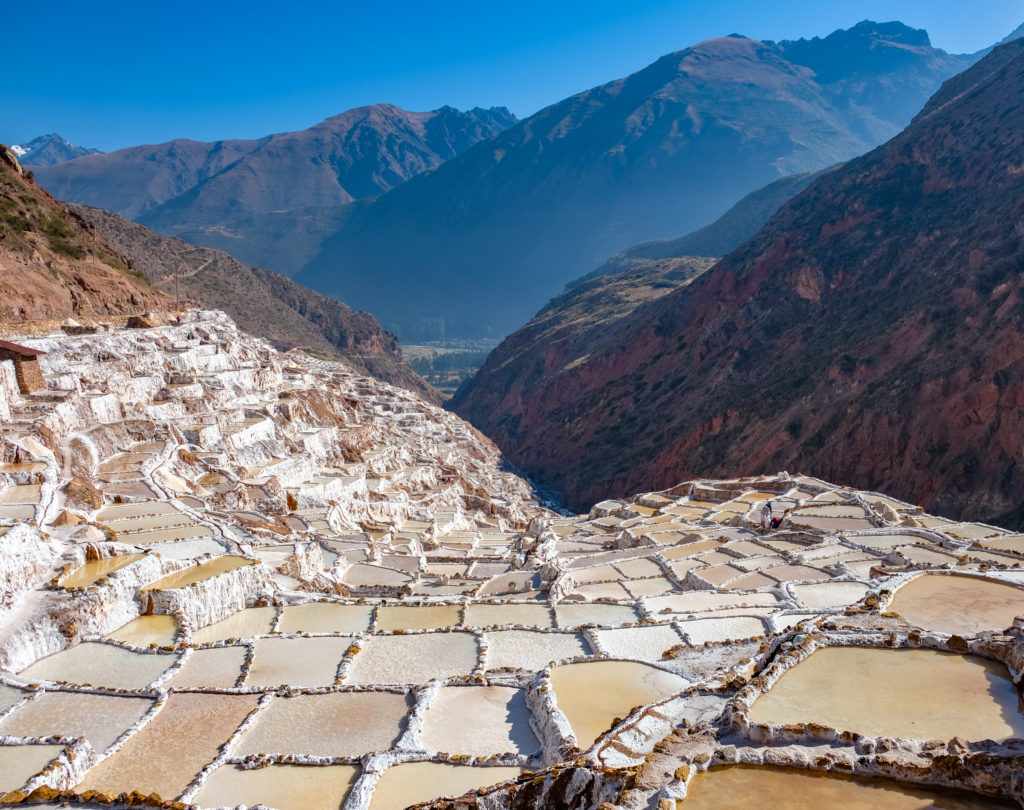
The salt mines of Maras
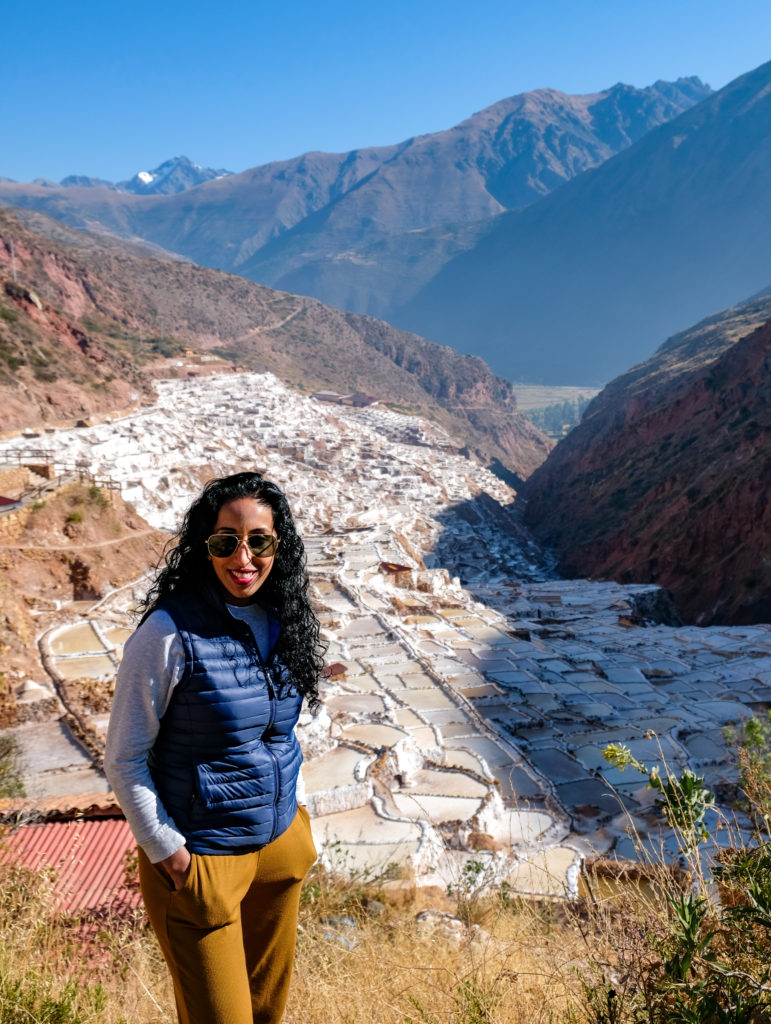
Ready to tour the salt mines
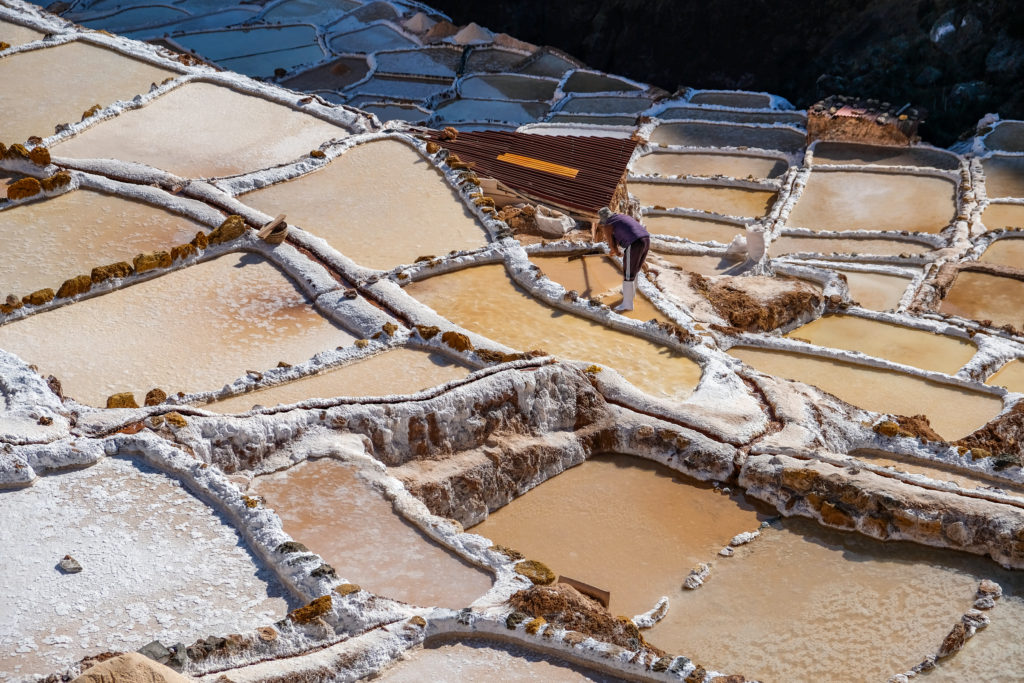
Worker harvesting the salt
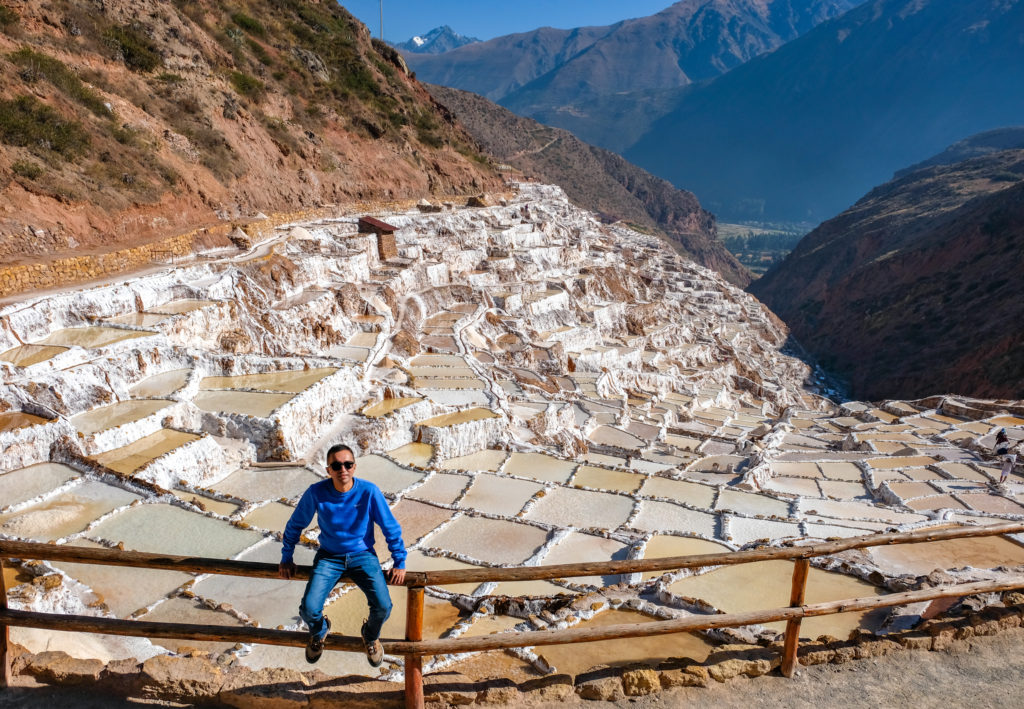
Salt with a view
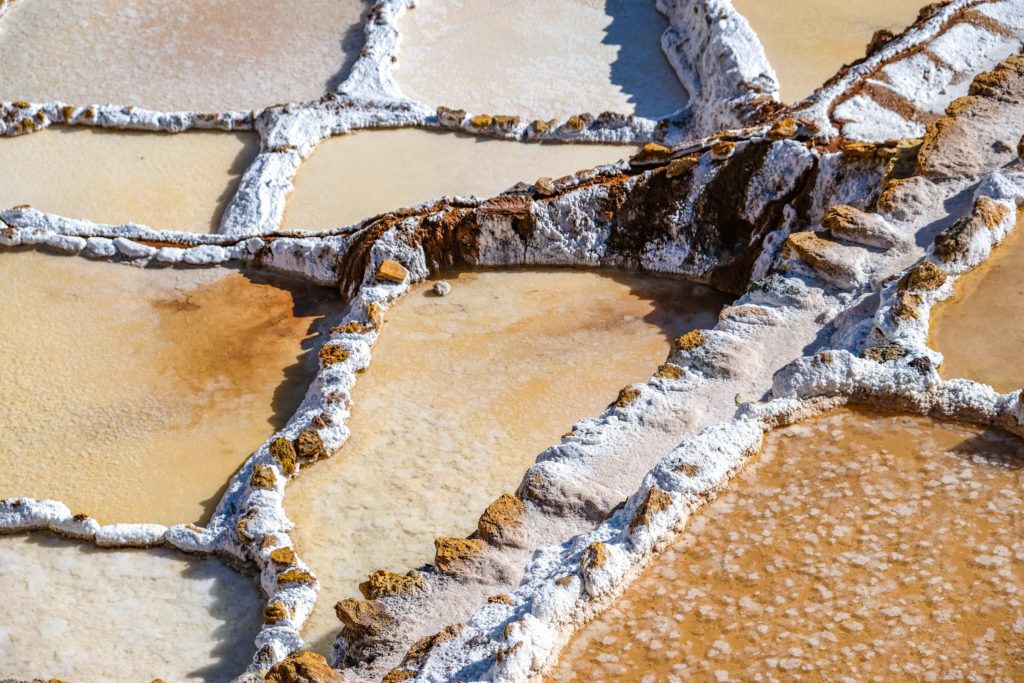
Salt crystals visible in the pools
2. Immerse yourself in the concentric circles of Moray
Moray is a unique remnant from ancient times and well worth a stop on the way back from the Maras salt mines. It is characterized by concentric circles set in sinkhole depressions, created by the Incas as microclimates to test different grains and crops at various levels of sunlight and elevation. The Incan ingenuity is still evident here – with the amazing drainage they installed, the circles supposedly never flood. It does get super crowded so its worth getting there before the masses arrive. We headed to Moray right after out early morning stop at Maras, and were fortunate to reach early enough before the tourist buses got in.
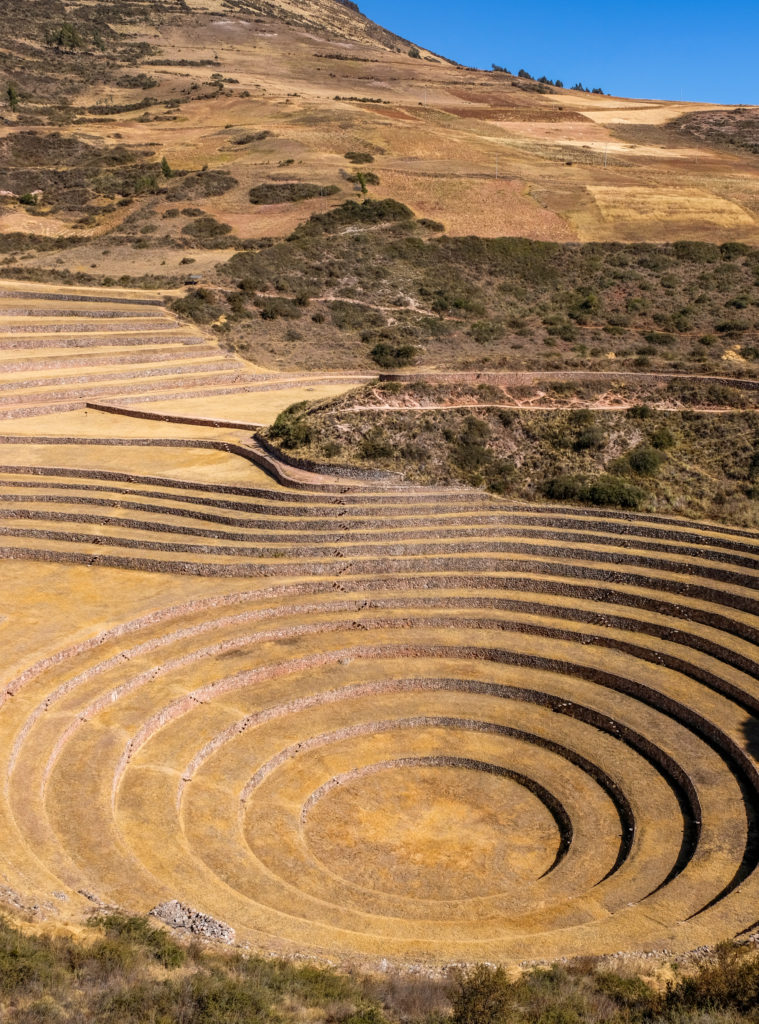
The concentric circles of Moray
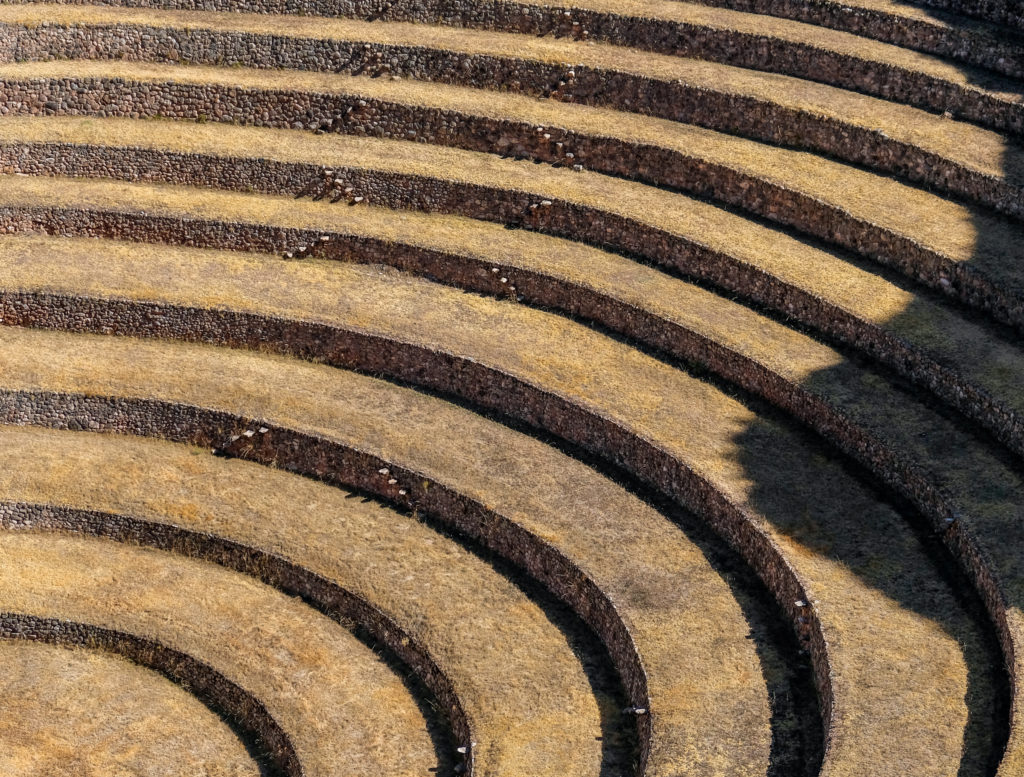
The stone steps visible aided in moving between levels
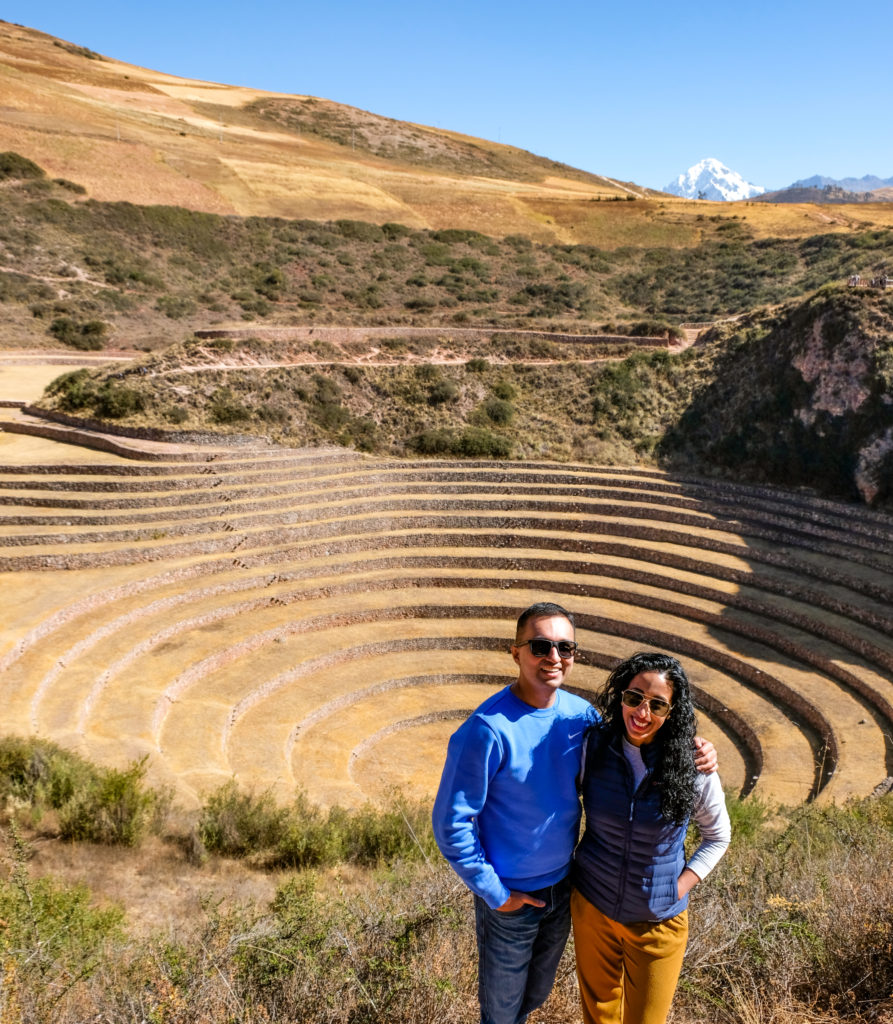
Everything’s coming up circles
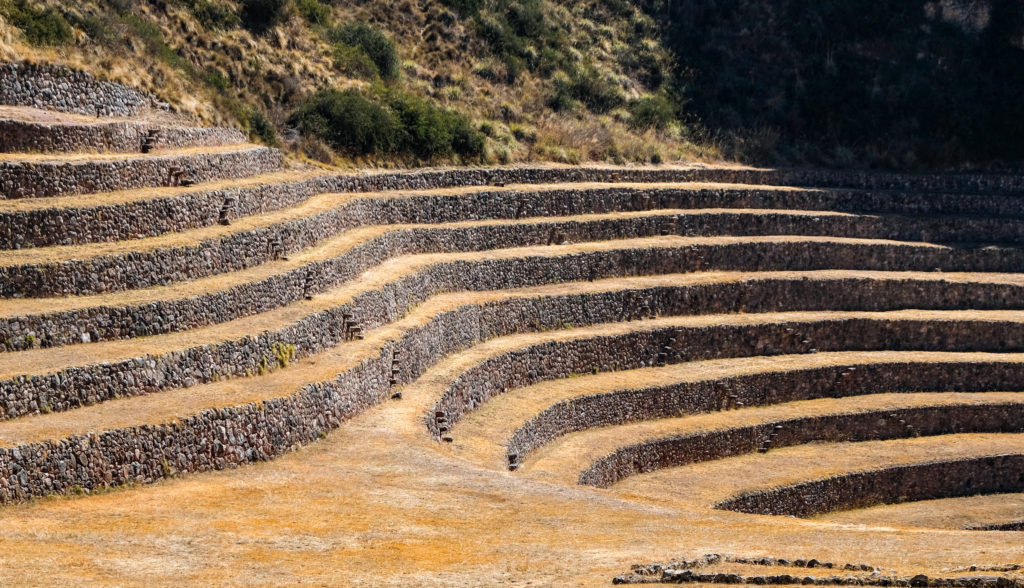
Unfortunately the grass was all dried out since it was summer
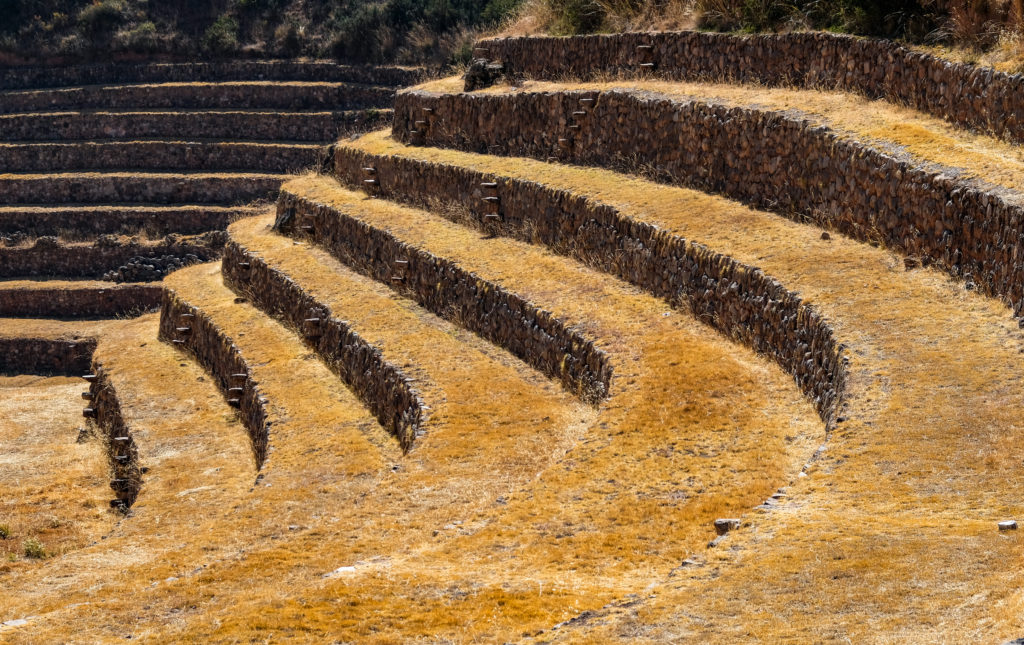
Close up views
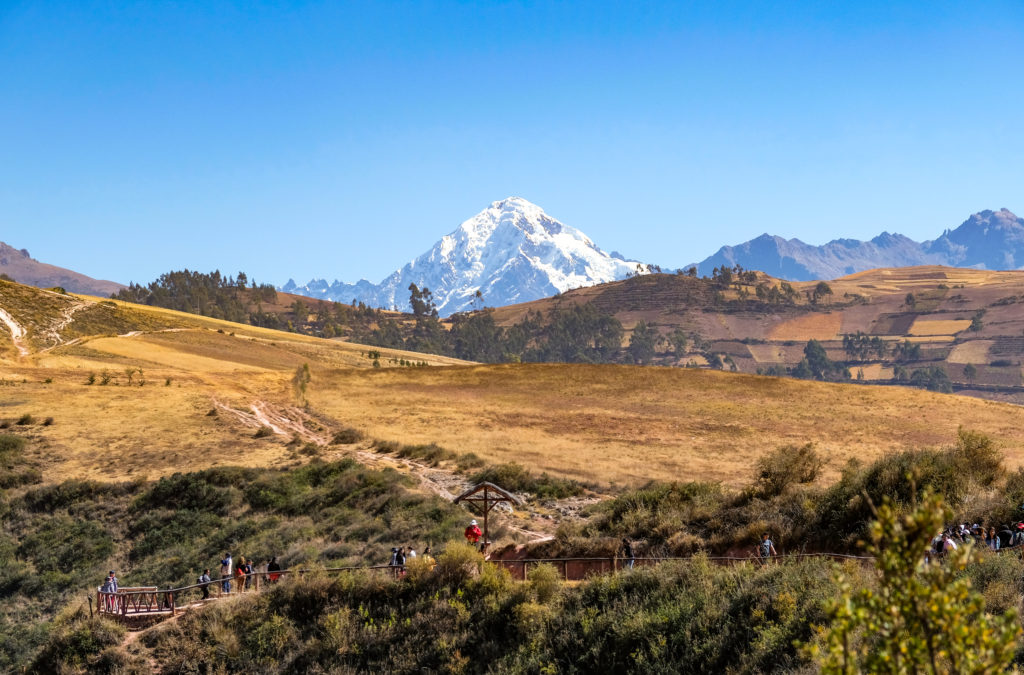
The snow capped peak of Mt Veronica is visible from Moray
3. Partake in a traditional Peruvian cooking Class at Pakakuna
All across Peru, we were wowed by the focus on fresh local and Andean ingredients, great presentation and emphasis on aesthetics. Hence one of our foodie goals for the trip was to partake in a cooking class with a local chef. We were extremely fortunate to secure a class with chef / restaurateur couple Diego and Anilu at Pakakuna Restaurant. Hidden in Ayllupampa, the restaurant’s name aptly means hiding place and emphasizes fresh local and Andean ingredients with great presentation.
Anilu first met us at the local market in Urubamba, where she introduced us to different types of Andean produce, fruits, and grains – then helped us select the freshest ingredients for our cooking class. Once we got to the open air restaurant we were greeted by Chef Diego, who would be our cooking guide. First on the menu was to try our hand at making the quintessential Peruvian ceviche, under the watchful guidance of chef Diego. There was a heavy Asian influence in the food, with dishes inspired by chifa and nikkei cuisine. Meanwhile Anilu introduced us to the Andean drink Chicha Morada – a delightfully refreshing beverage made from purple corn mixed with spices such as cinnamon, and which has its origins in pre-Incan times. The main course was a hearty wok-fired Lomo Saltado – which is made from tender strips of choice steak cooked in Asian and Peruvian sauces. The culinary immersion at Pakakuna was definitely one of the highlights of our trip!
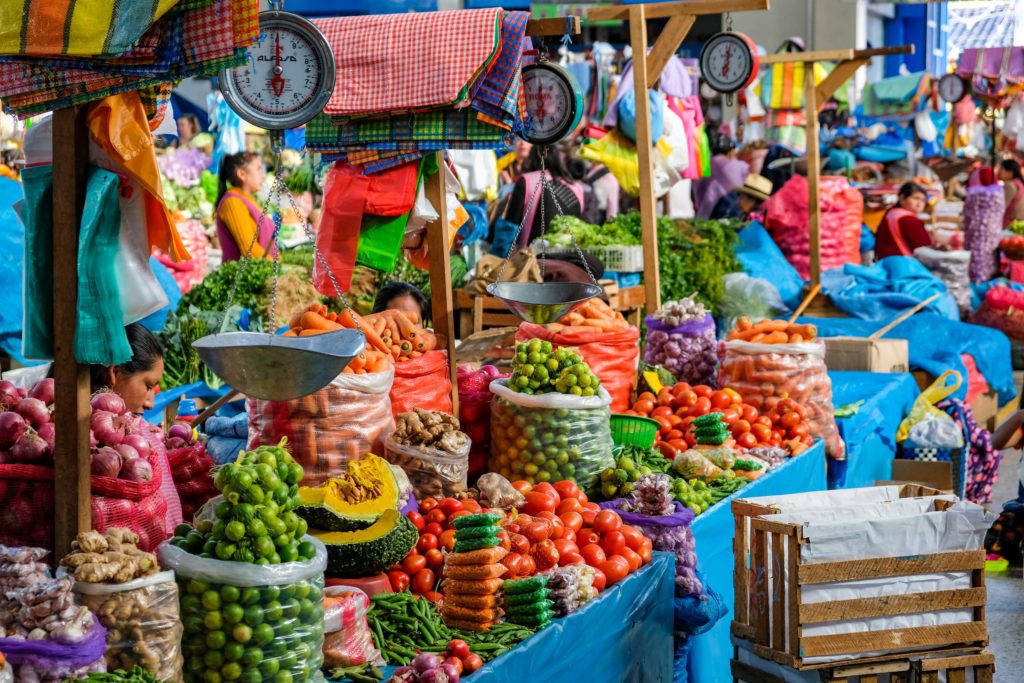
Freshest produce in the local Urubamba market
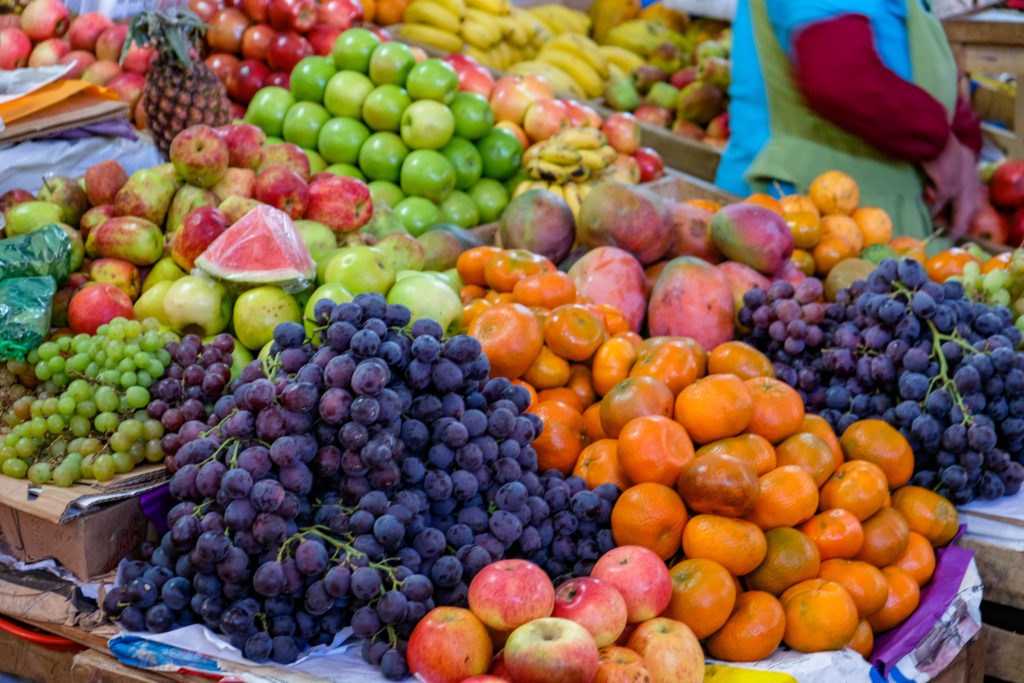
The fruits were almost too pretty to eat
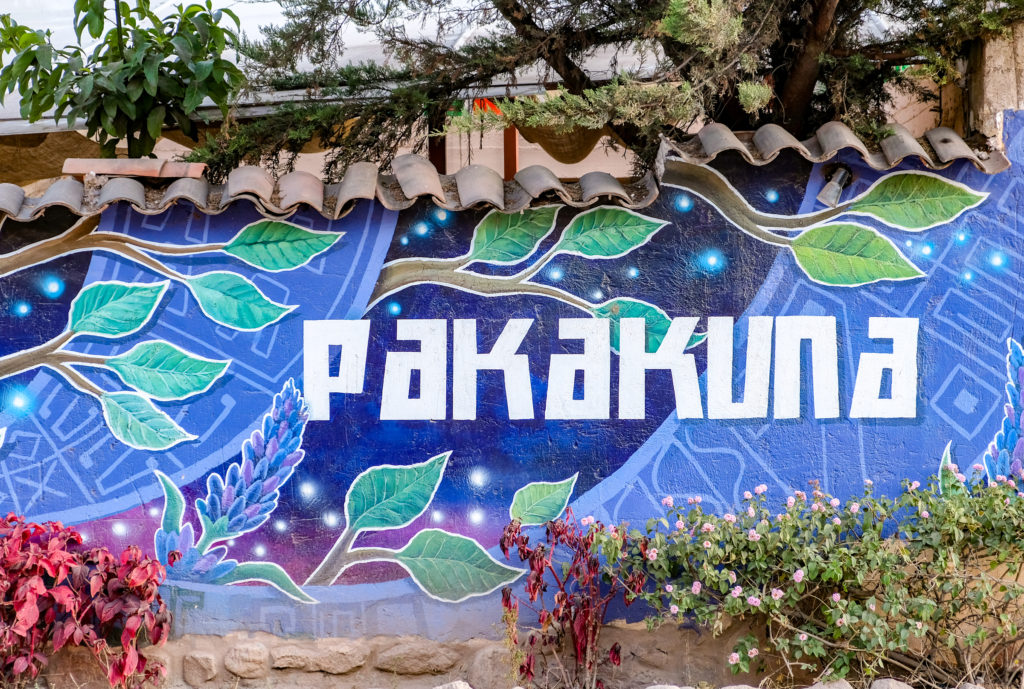
Colorful facade of Pakakuna restaurant
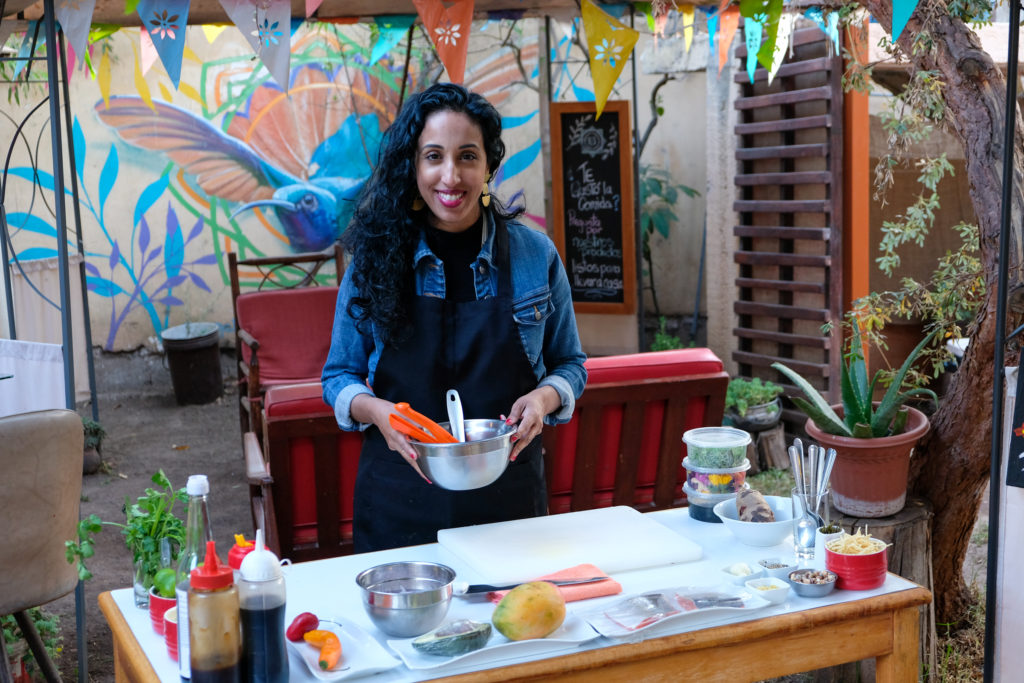
Getting ready to create a ceviche
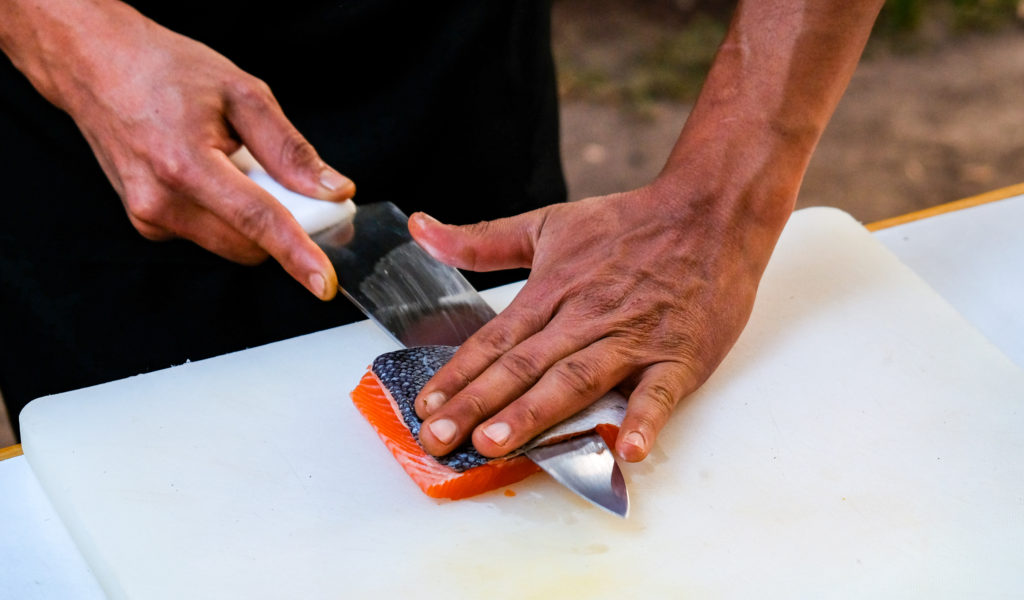
Starting with taking the skin off some fresh fish
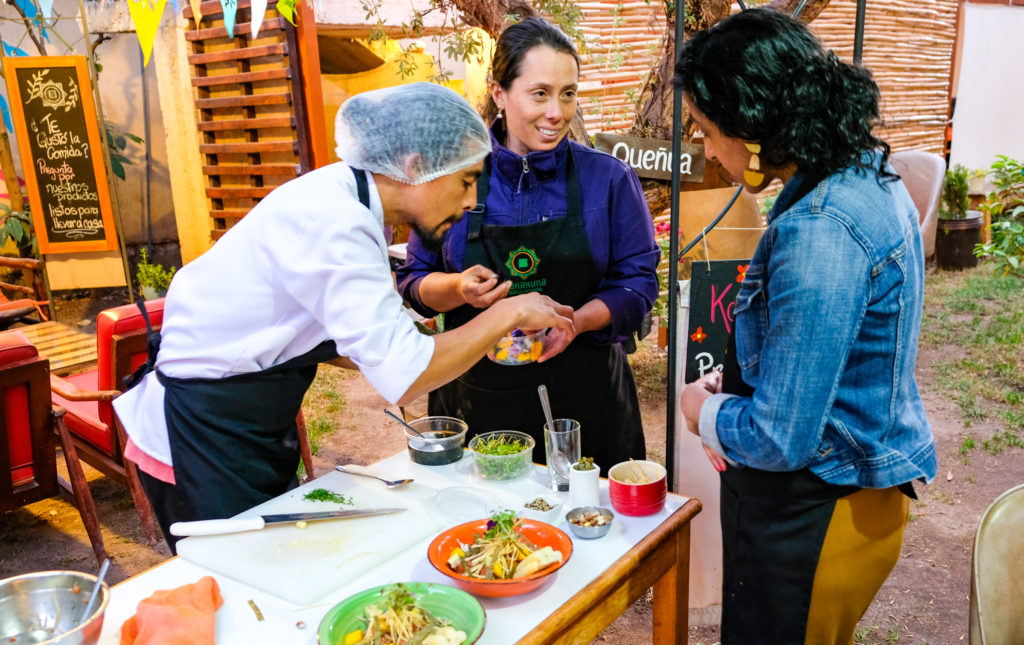
Anilu and Diego sharing their culinary wisdom
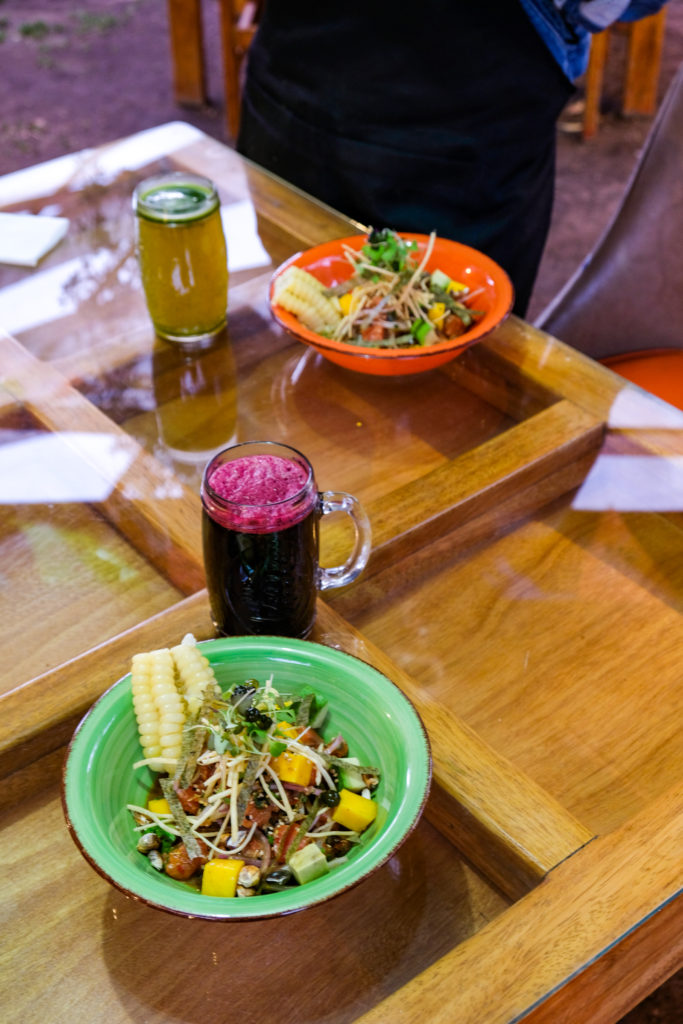
Fresh ceviche washed down with some Chicha Morada
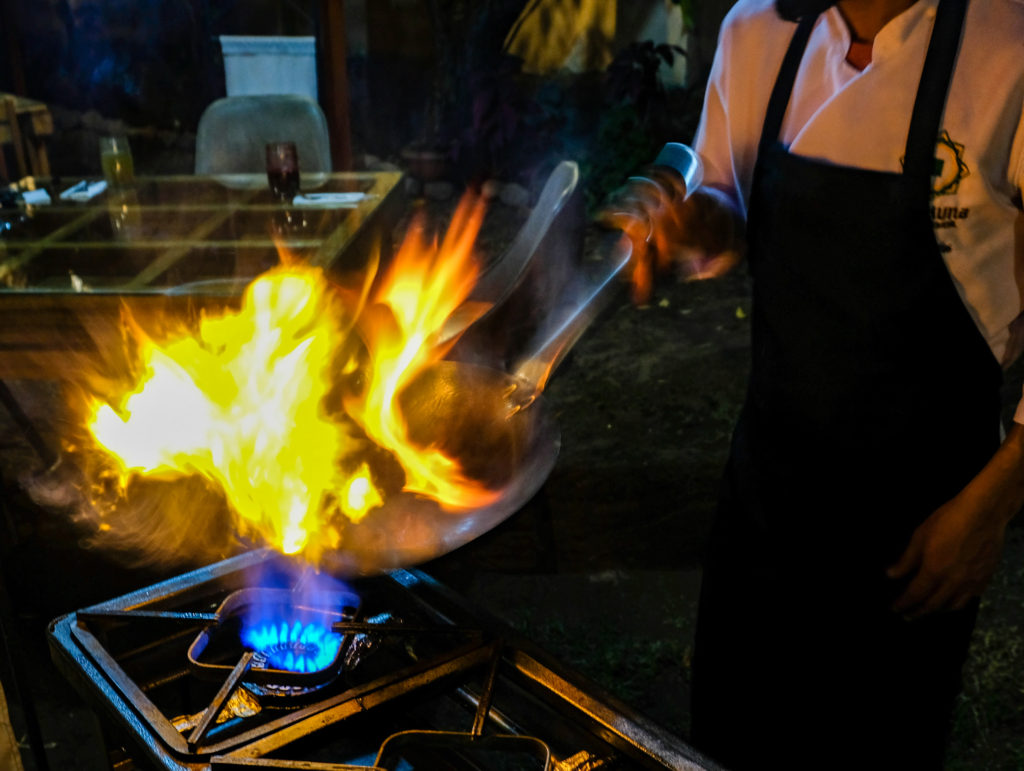
Firing up the Lomo Saltado
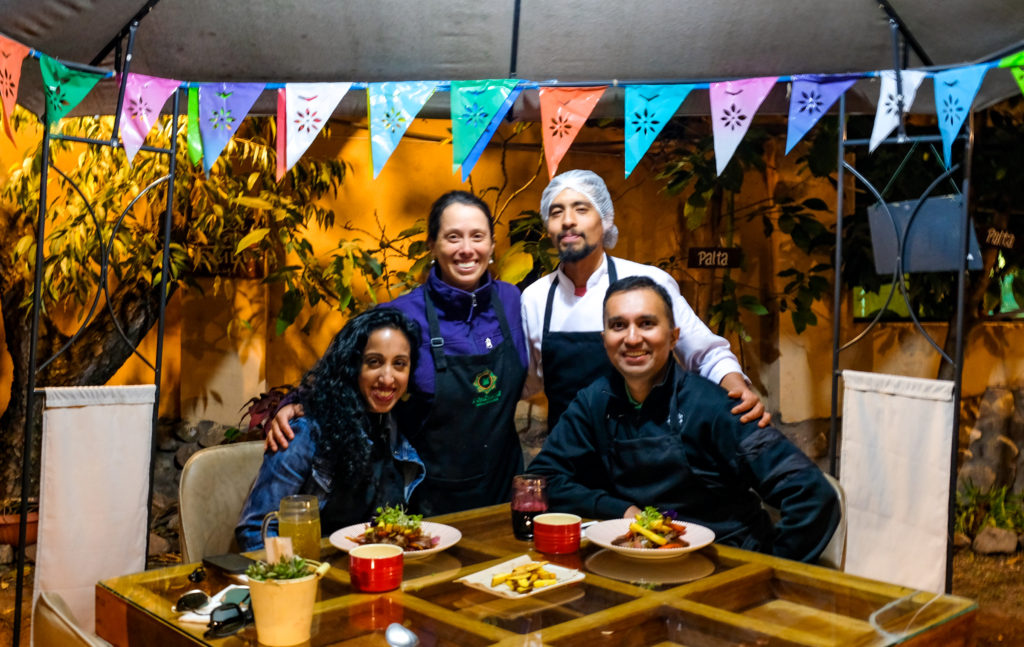
An amazing evening with Diego and Anilu at Pakakuna
4. Gawk at the hillside ruins of Ollantaytambo
Ollantaytambo is believed to have been built by the Inca Emperor Pachacutec in the late 15th century. It served as a fortress, a religious center, and a residential area for the Inca nobility. The site consists of a series of terraces, temples, and other structures that are built into the steep hills surrounding the sleepy town of Ollantaytambo.
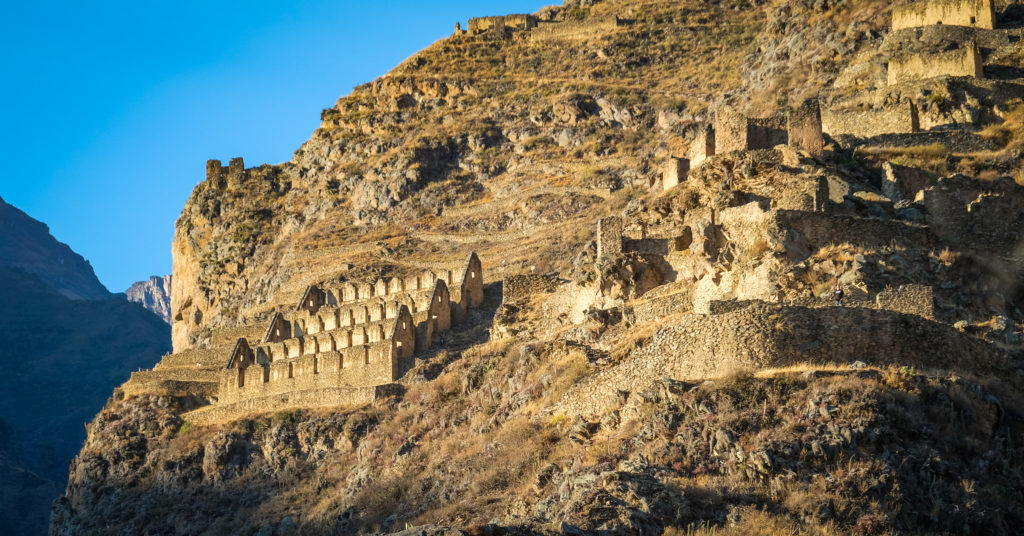
The ruins can be seen from the town below
5. Pamper yourself at the luxurious Tambo Del Inka
The Tambo Del Inka resort located in the heart of the Sacred Valley was our luxurious base for a few days. With stunning views of the Andes Mountains, the resort was the perfect base for our trip to Machu Picchu and our Incan ruins explorations. The resort offers a range of activities, including hiking, biking, and horseback riding. We even took part in a traditional Peruvian bread making class, although our culinary creations were nothing to write home about. The relaxing spa to sooth our sore and aching muscles was one of the highlights, especially after our long day back from exploring Machu Picchu.
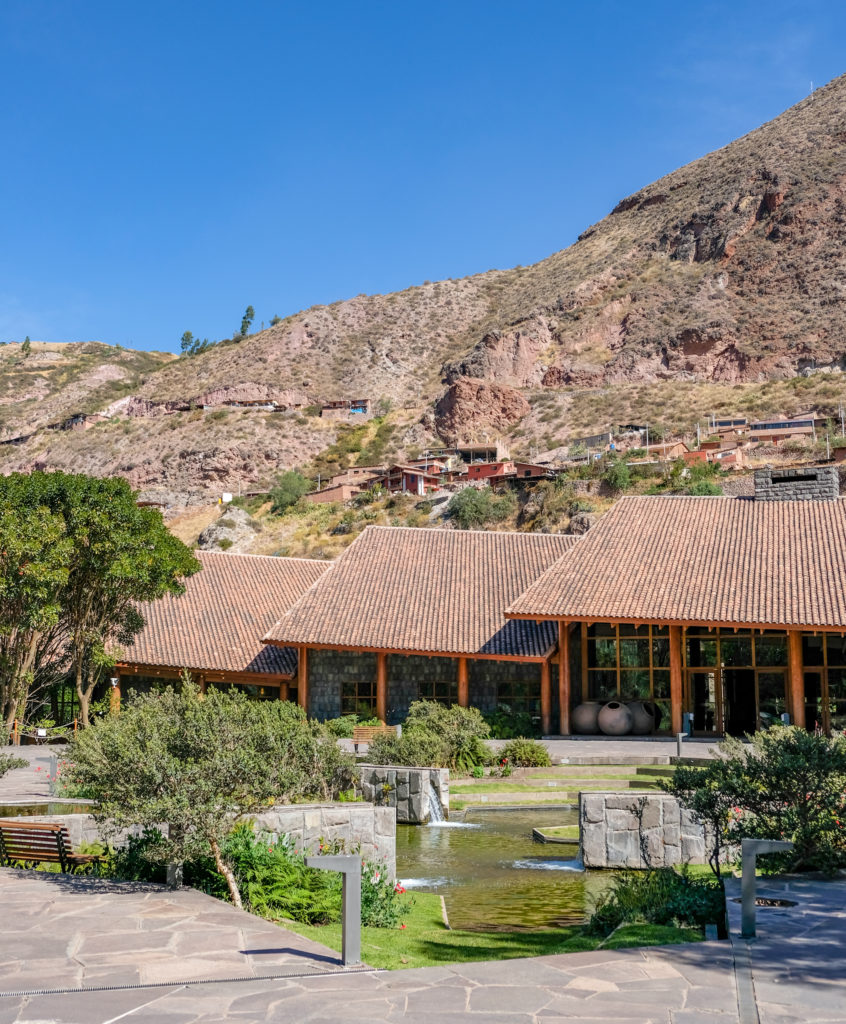
Entering Tambo Del Inka resort
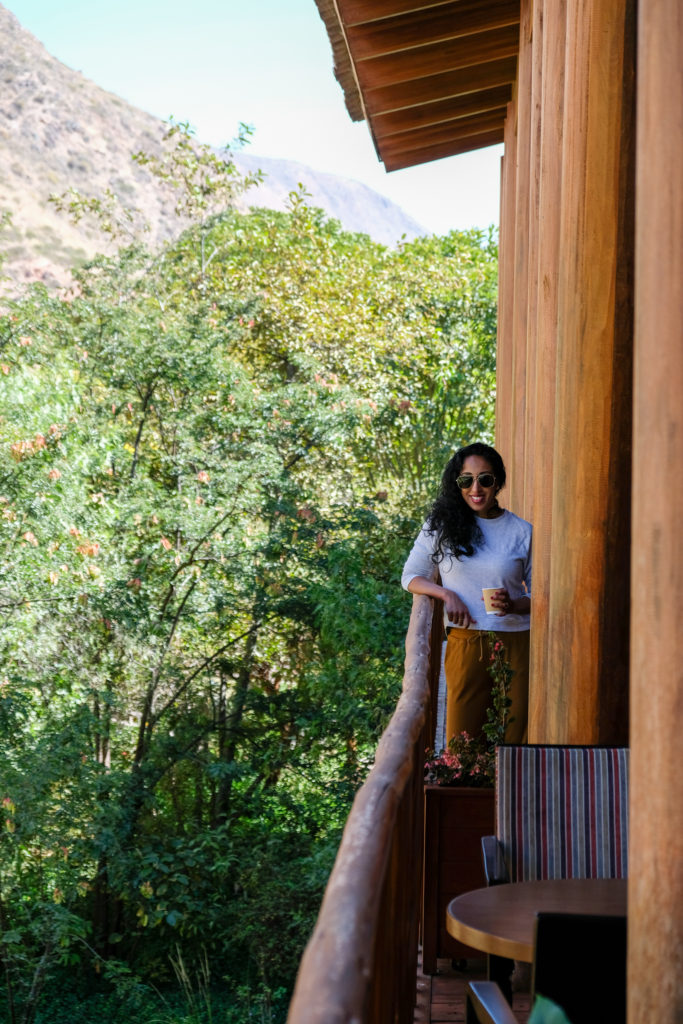
Coffee with a view
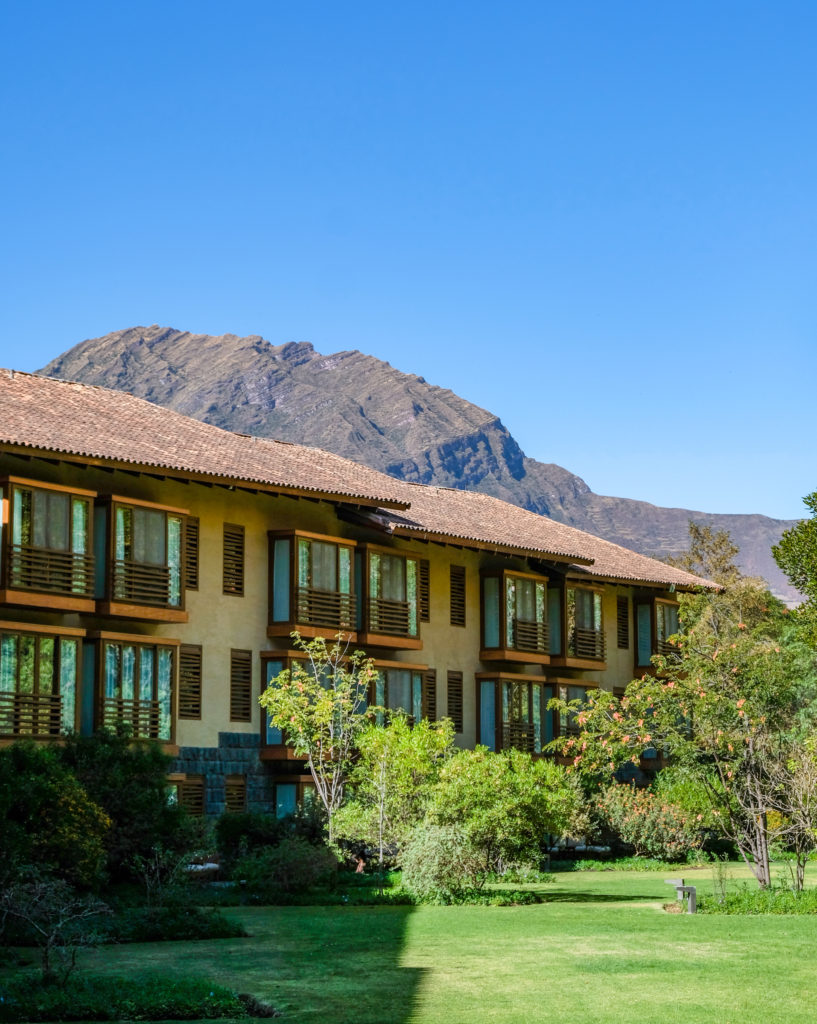
Mountain views from each room
Cusco
Cusco, once the crowning glory and ancient capital of the Inca Empire, is the launchpad for anyone traveling onward to Machu Picchu. We had saved Cusco for the last, opting to spend our first few days in the relatively lower elevation Sacred Valley in order first to acclimatize to the altitude better. This strategy seemed to have worked, or maybe it was the copious cups of Coca and Muna tea we were chugging. We thankfully didn’t feel breathless and didn’t experience any of the symptoms of altitude sickness while in Cusco. Our visit to this Andean city was filled with awe-inspiring architecture, rich cultural history, and delicious food. The Palacio Del Inka hotel was our base in Cusco. This former residence of conquistador Francisco Pizarro showcases opulent rooms and settings that live up to its name.
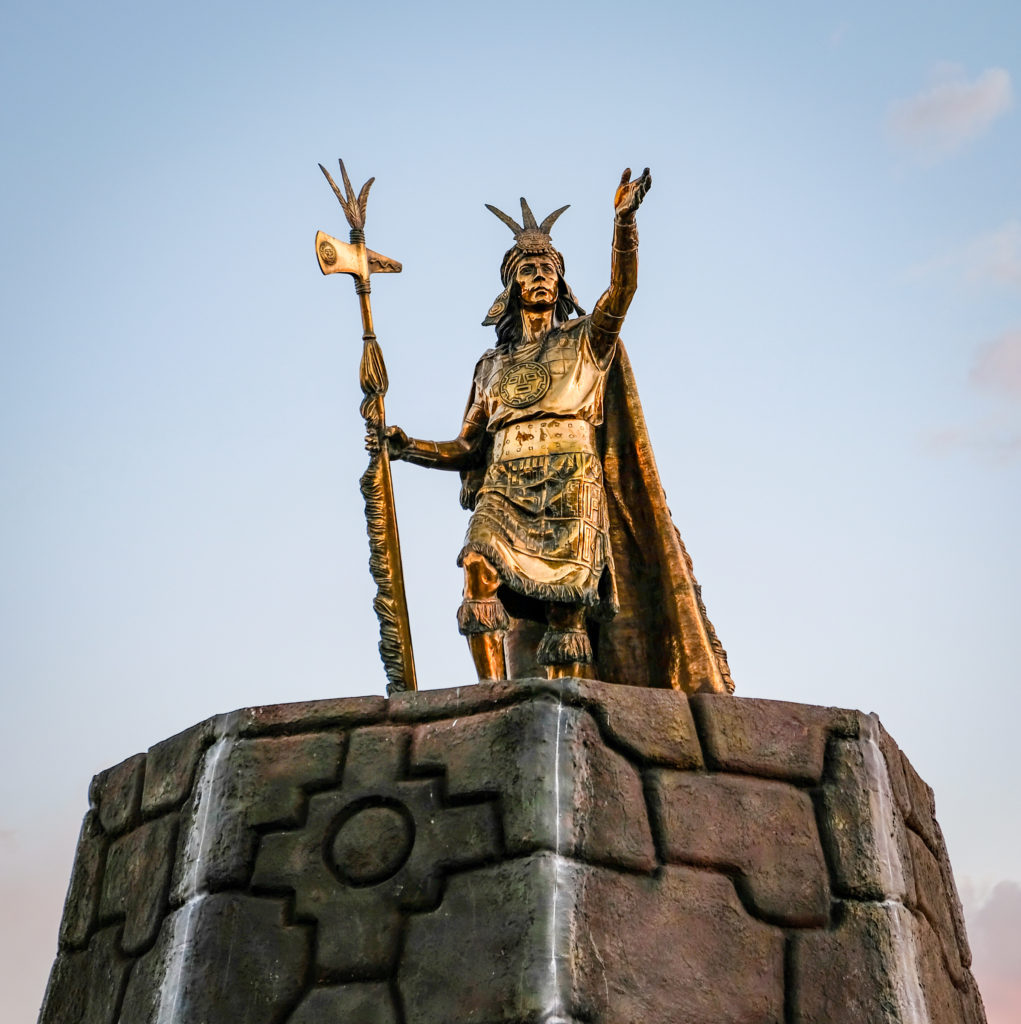
Gilded statue of Pachacutec keeping watch over the Plaza de Armas square
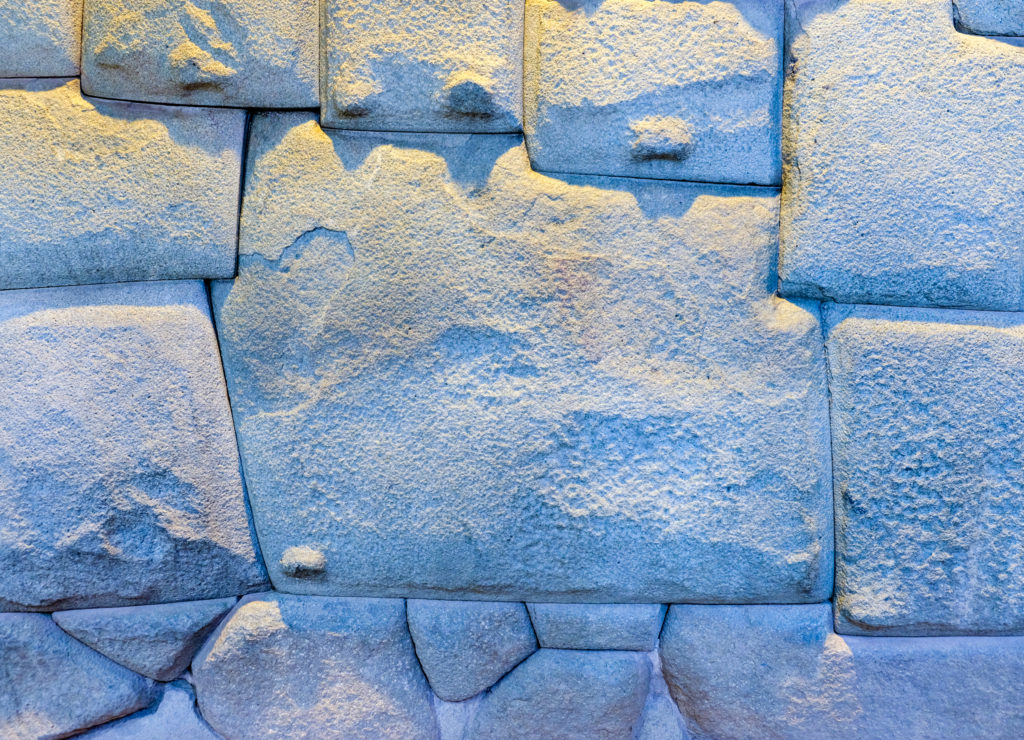
12 angled stone – another great example of the exceptional stonework prowess of Incan builders to fit pieces together perfectly as if assembling jigsaw pieces.
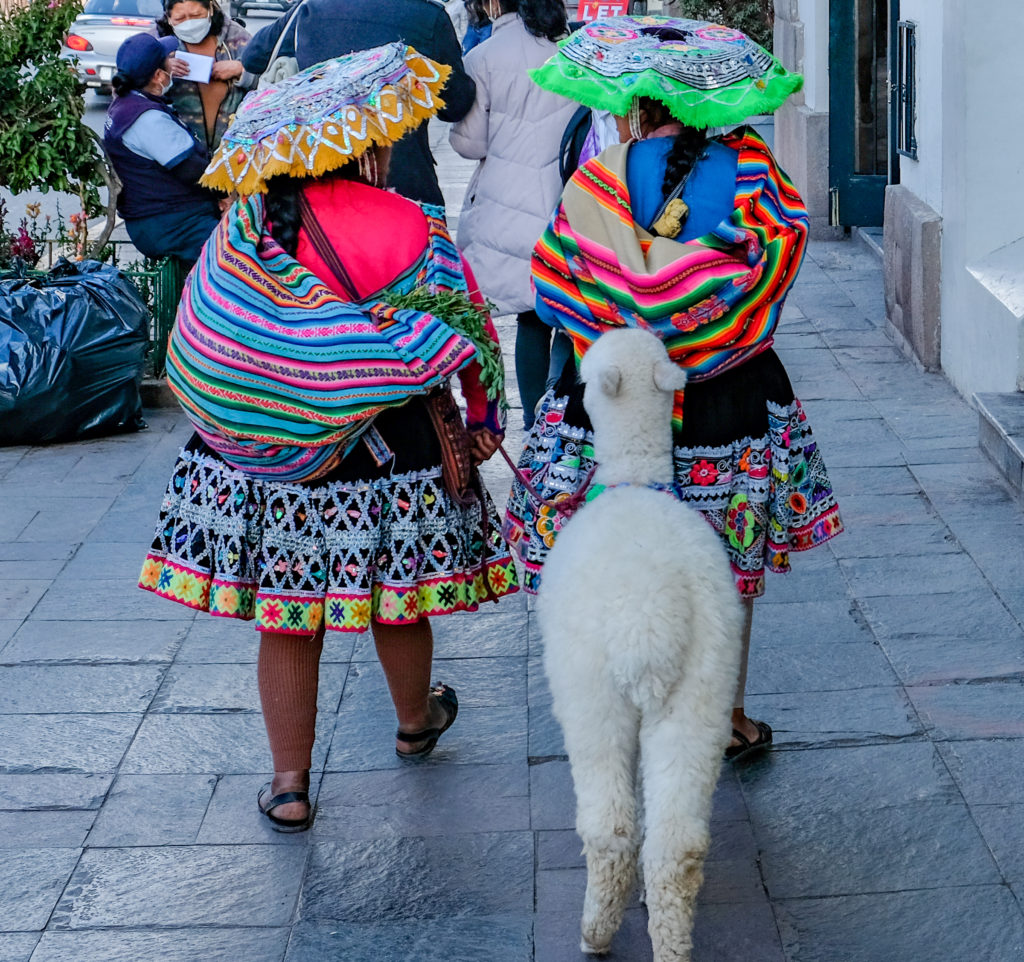
indigenous outfits + baby Alpaca
6. Learn about Cusco’s colonial history in Qorikancha
We started our Cusco exploration with Qorikancha sun temple, and the Church of Santo Domingo which was built on the site of the Incan ruins. The original curved walls of Qorikancha are still visible on the exterior of the church facade. We were amazed by the intricate carved stones made by the Incas, some of which were still preserved in the interior exhibitions. We also visited the museum, which showcased the works coming out of the Cusco school of painting, depicting traditional Christian subjects with varying levels of indigenous Quechua influences.
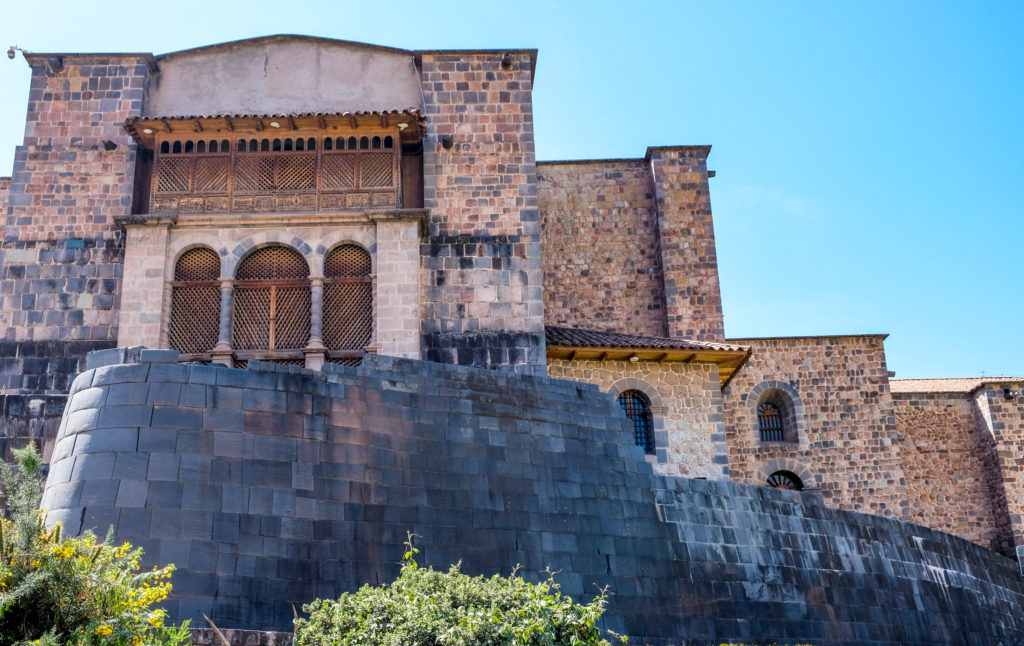
Remaining curved walls of the Qorikancha, withe the Church of Santo Domingo installed atop the ruins
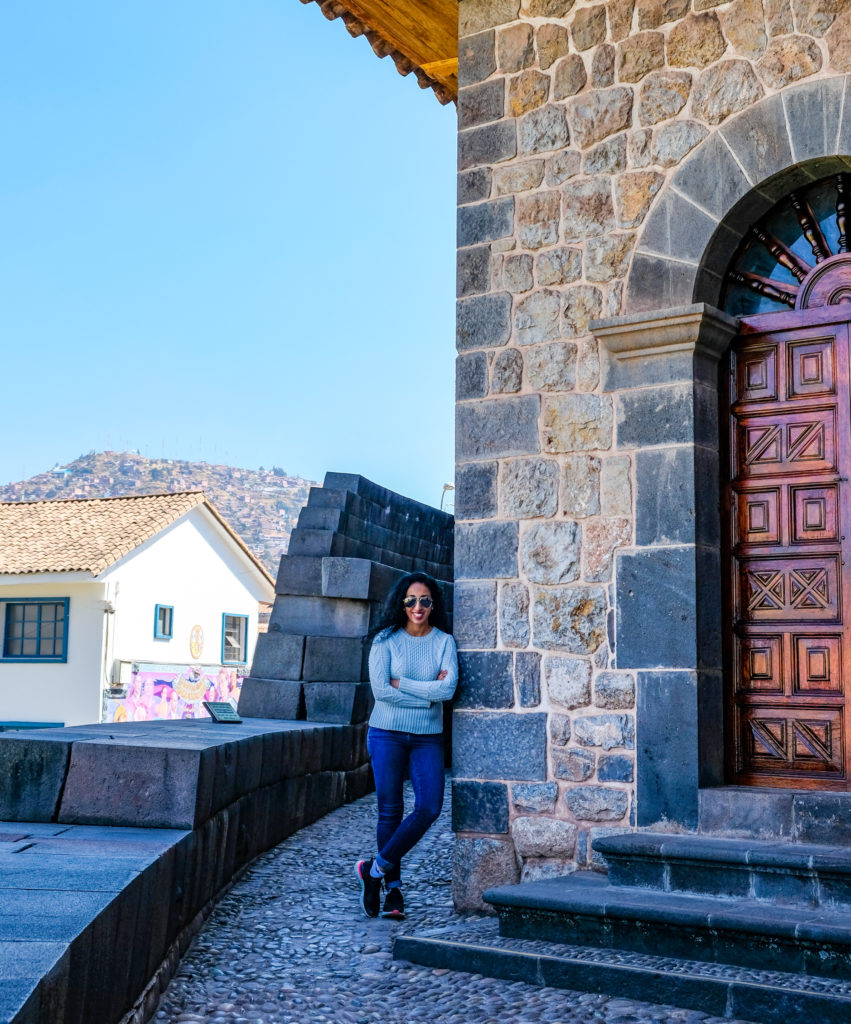
Quick tour of the skillfully constructed stone wall
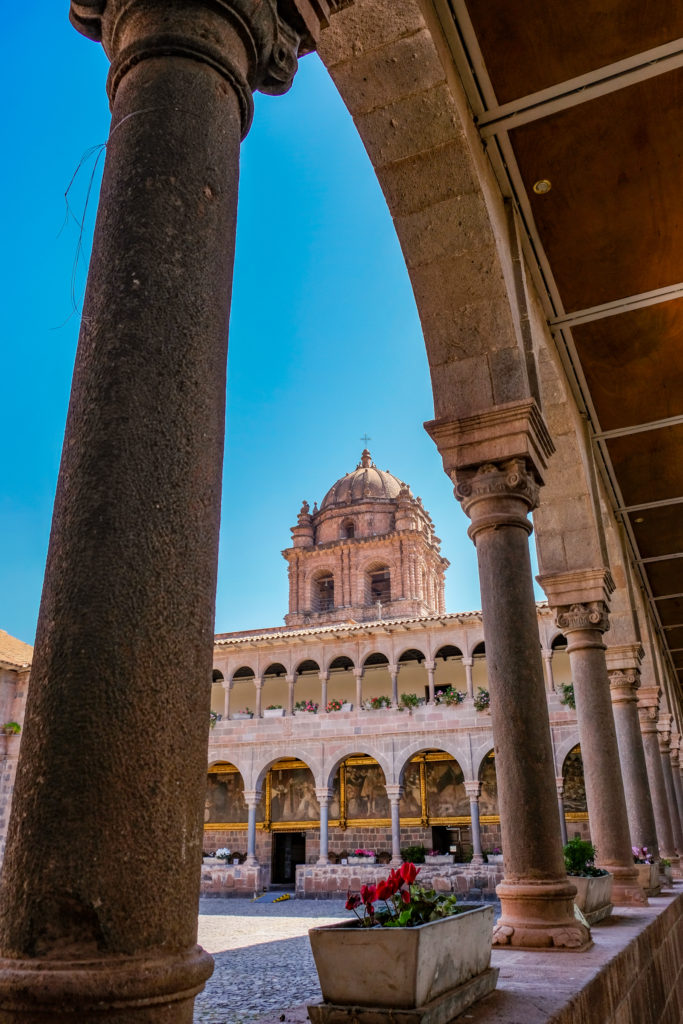
Inner courtyard of the Church
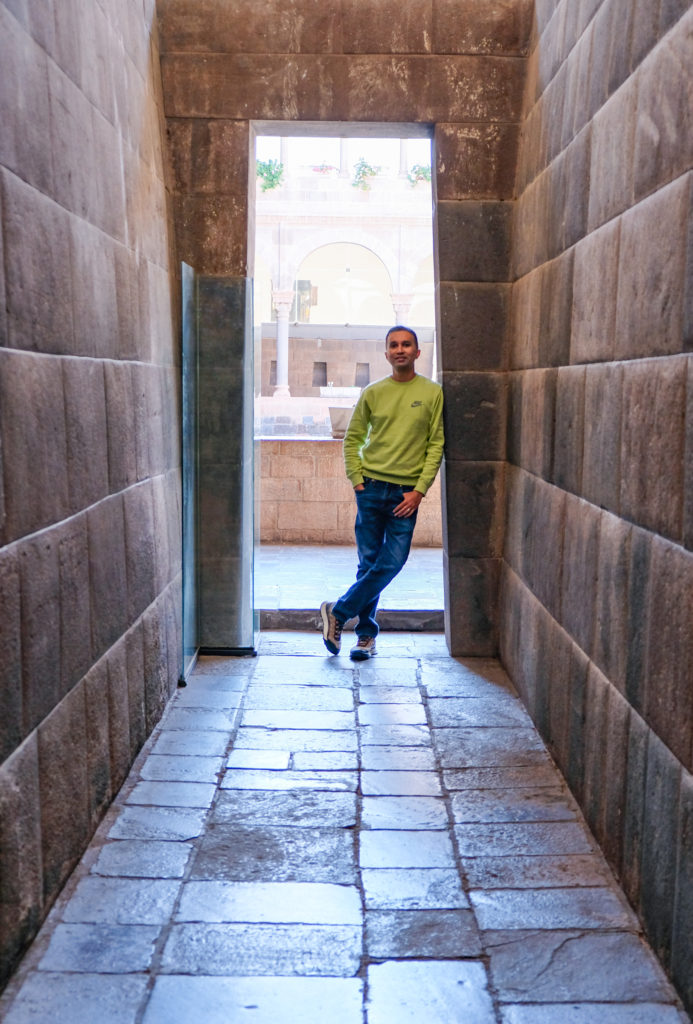
Some of the remaining Inca stonework
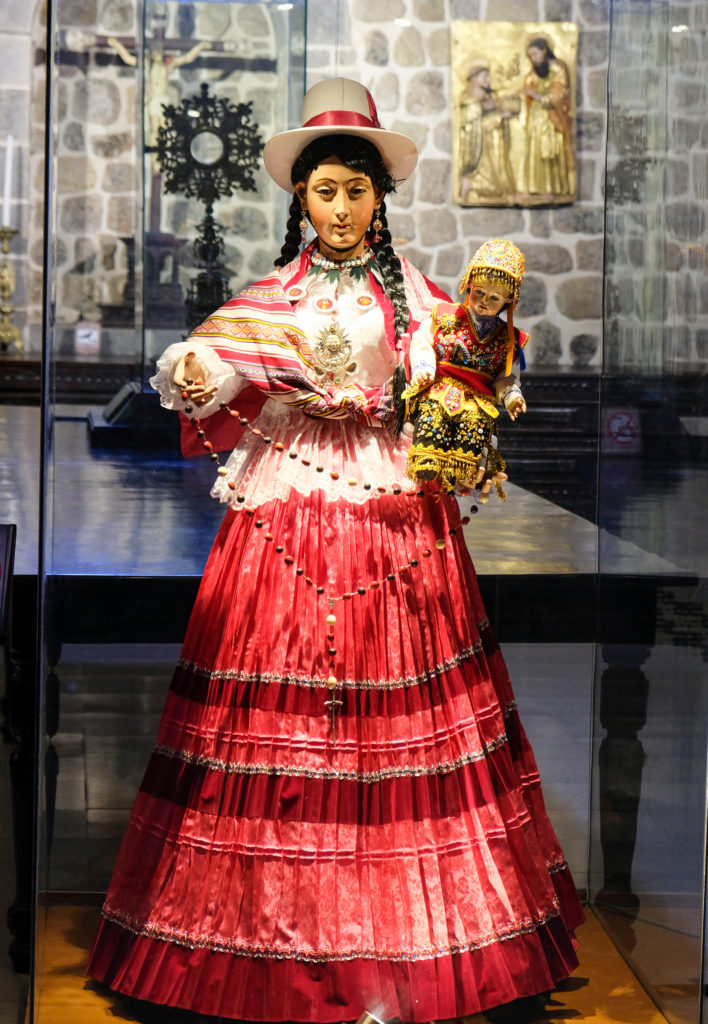
Madonna and child depicted in indigenous outfits
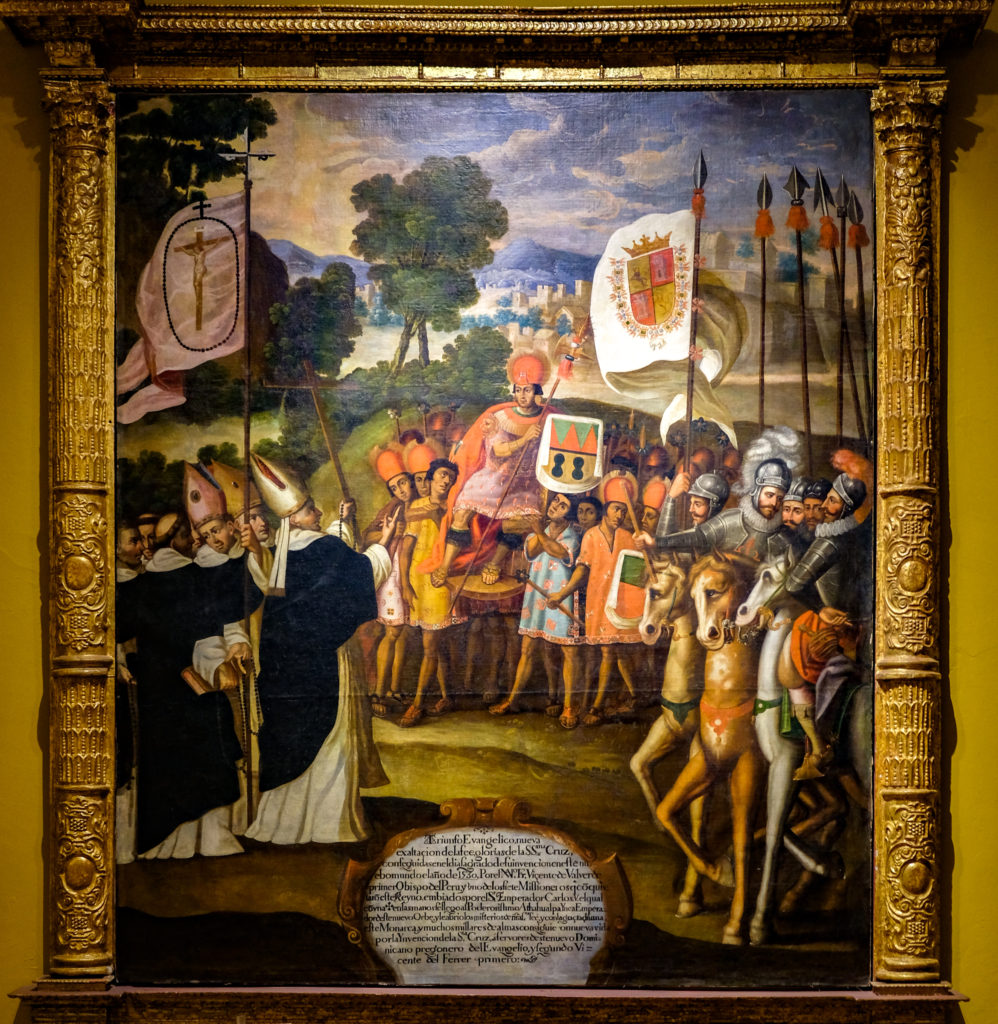
Illustration of when the Spanish Conquistadors met the last Inca Atahualpa
7. Ogle at the monoliths of Saqsaywaman
The ruins of Saqsaywaman were another highlight, with its mind-boggling giant stone monoliths somehow mounted on top of each other in perfect alignment. Some of the monoliths we saw were at least 20ft tall! The fortress of Saqsaywaman was the site of a major battle between the Incas and the Spanish Conquistadors in 1533. Although still an imposing site today, the fortress complex was even more majestic and sprawling before the Spanish dismantled the stone blocks and used them for construction activities in Cusco. We spent a few hours admiring the remaining monoliths, and were also treated to sweeping views of Cusco and the surrounding mountains, with the added bonus of cute baby llamas grazing in the area in front of the ruins.
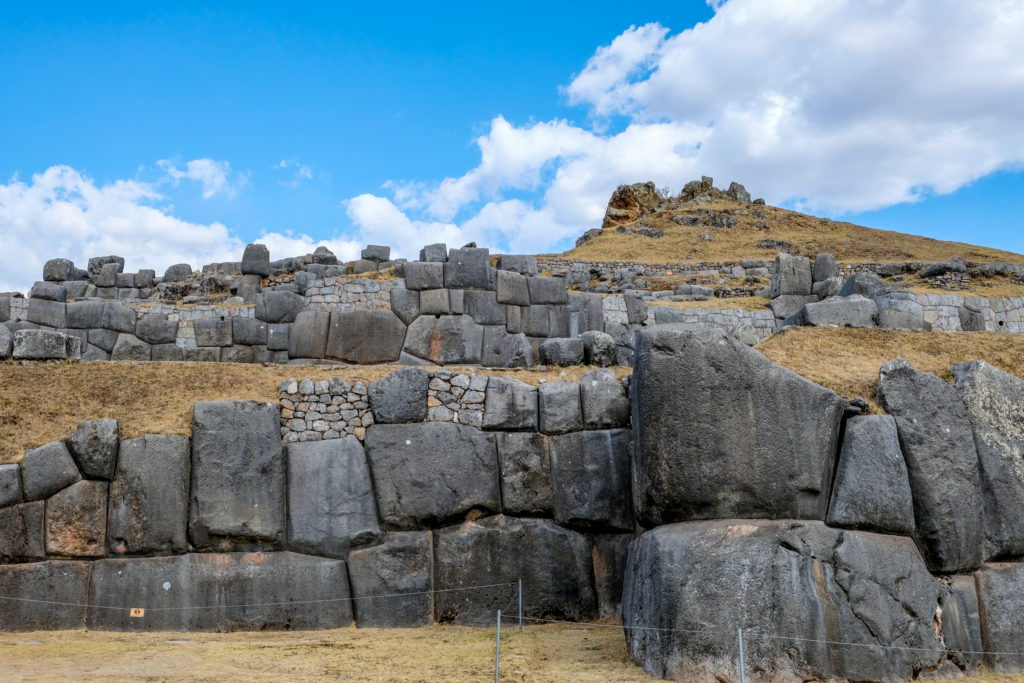
Imposing stone structure of Saqsaywaman
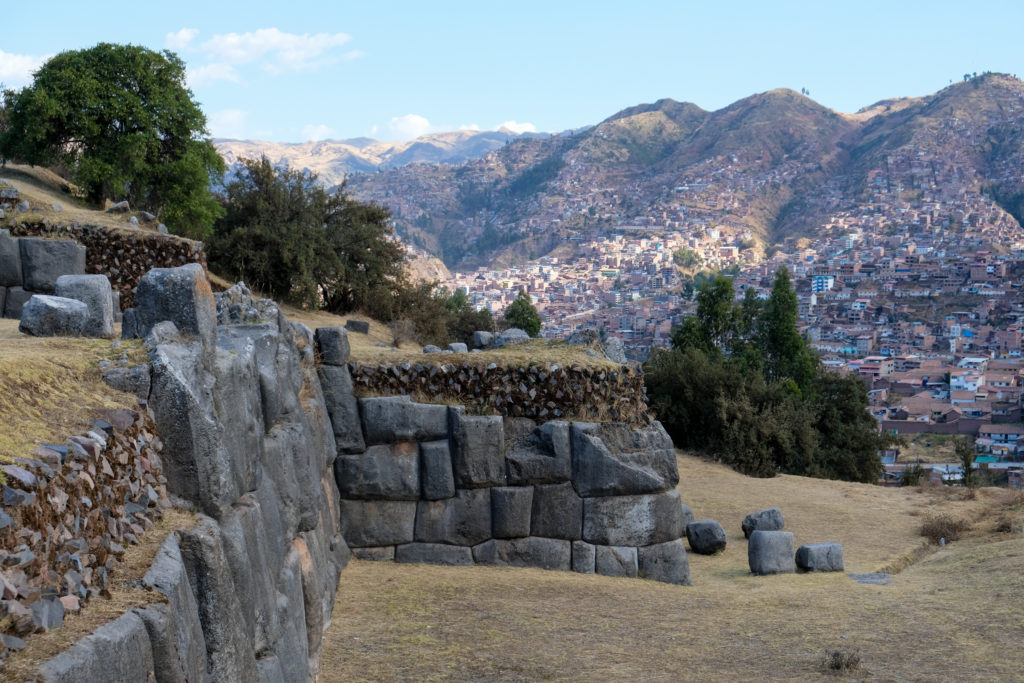
View of Cusco from Saqsaywaman
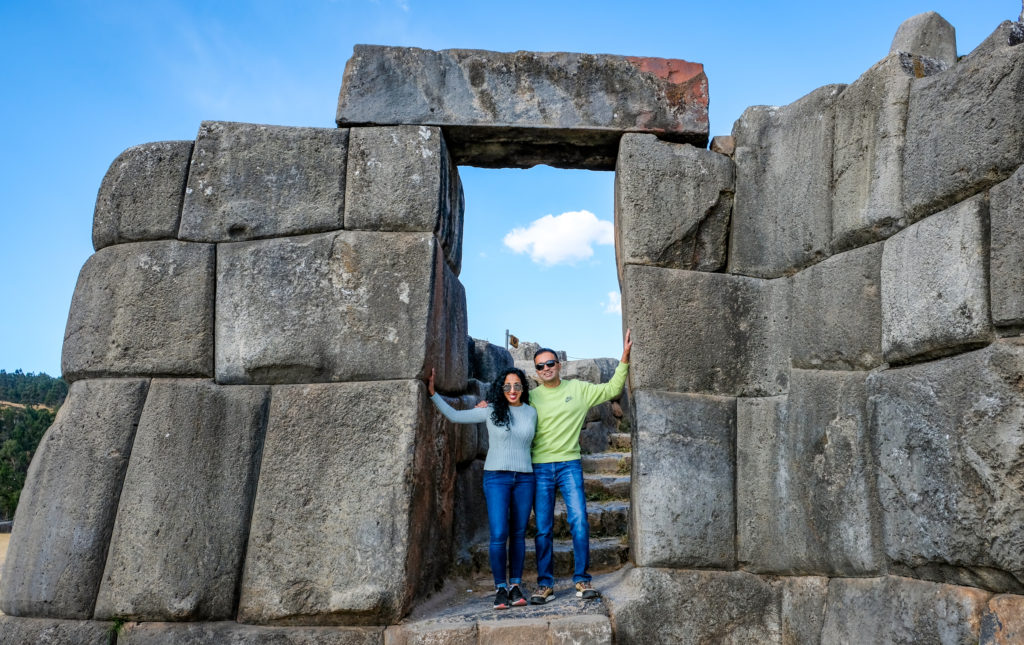
Testing out the structural integrity of the trapezoidal arches
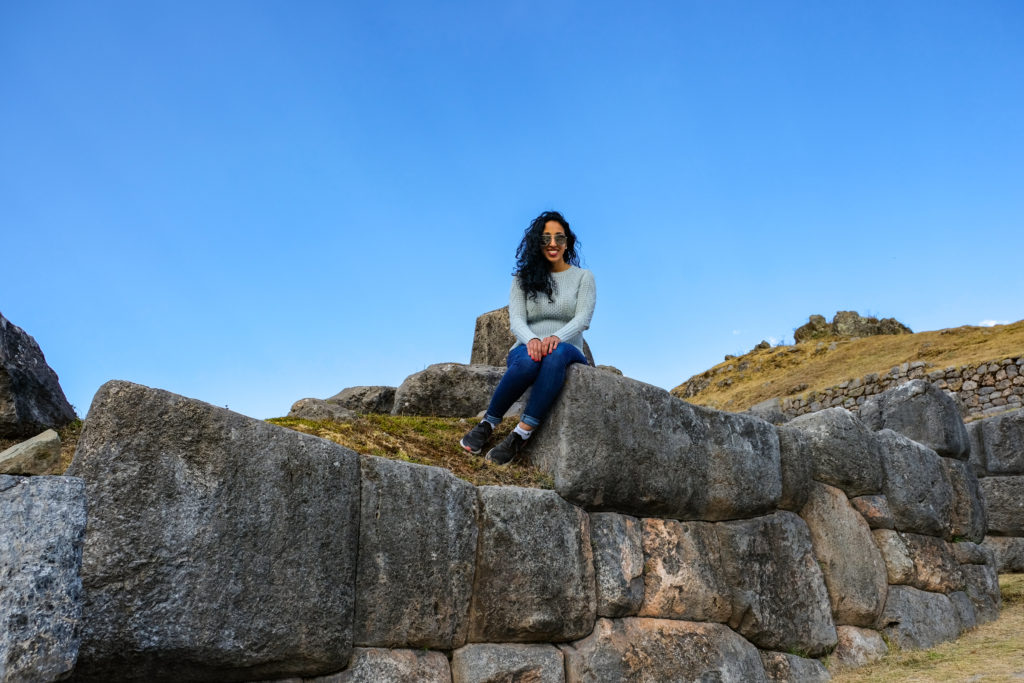
Stones with a view
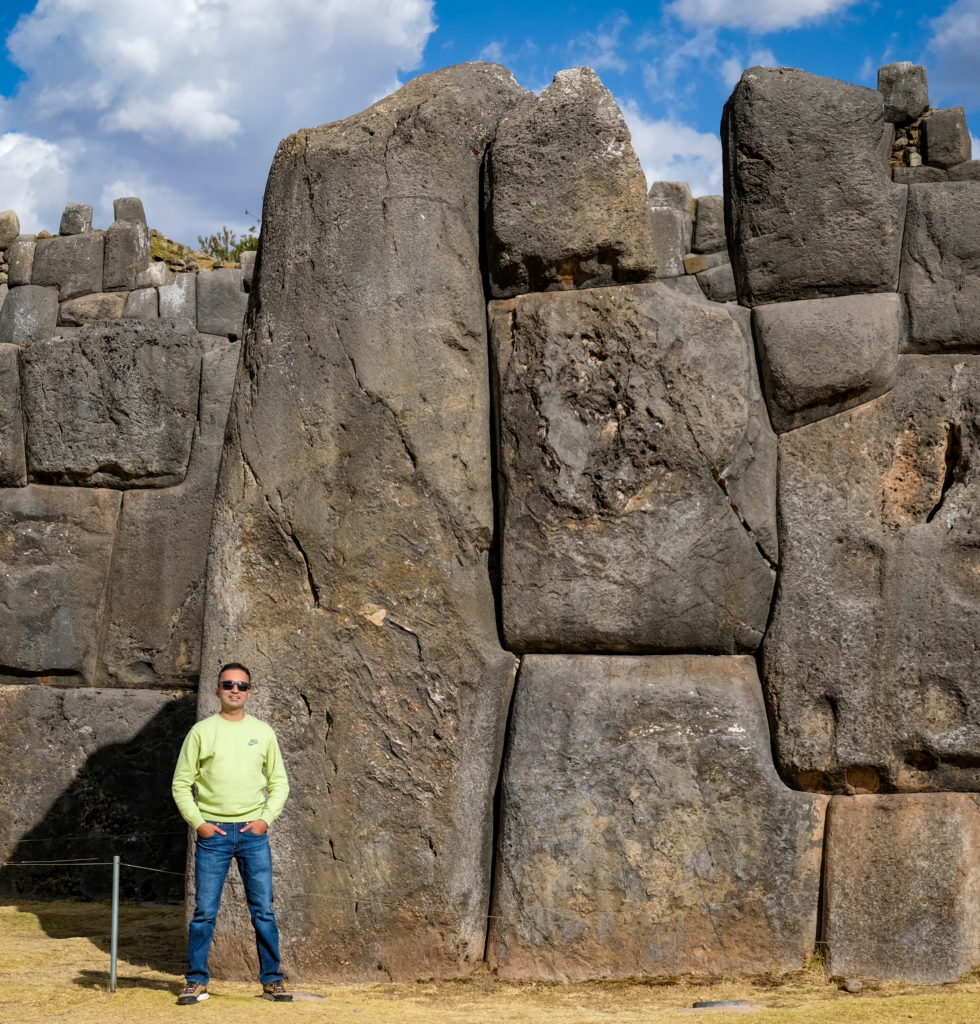
Shown to scale
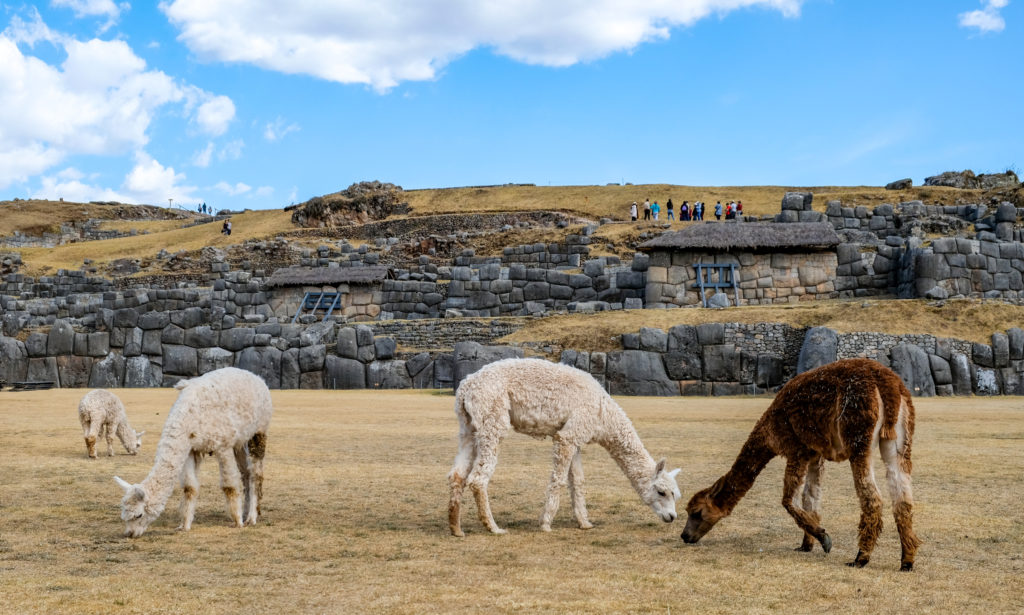
Baby Llamas grazing on the grounds
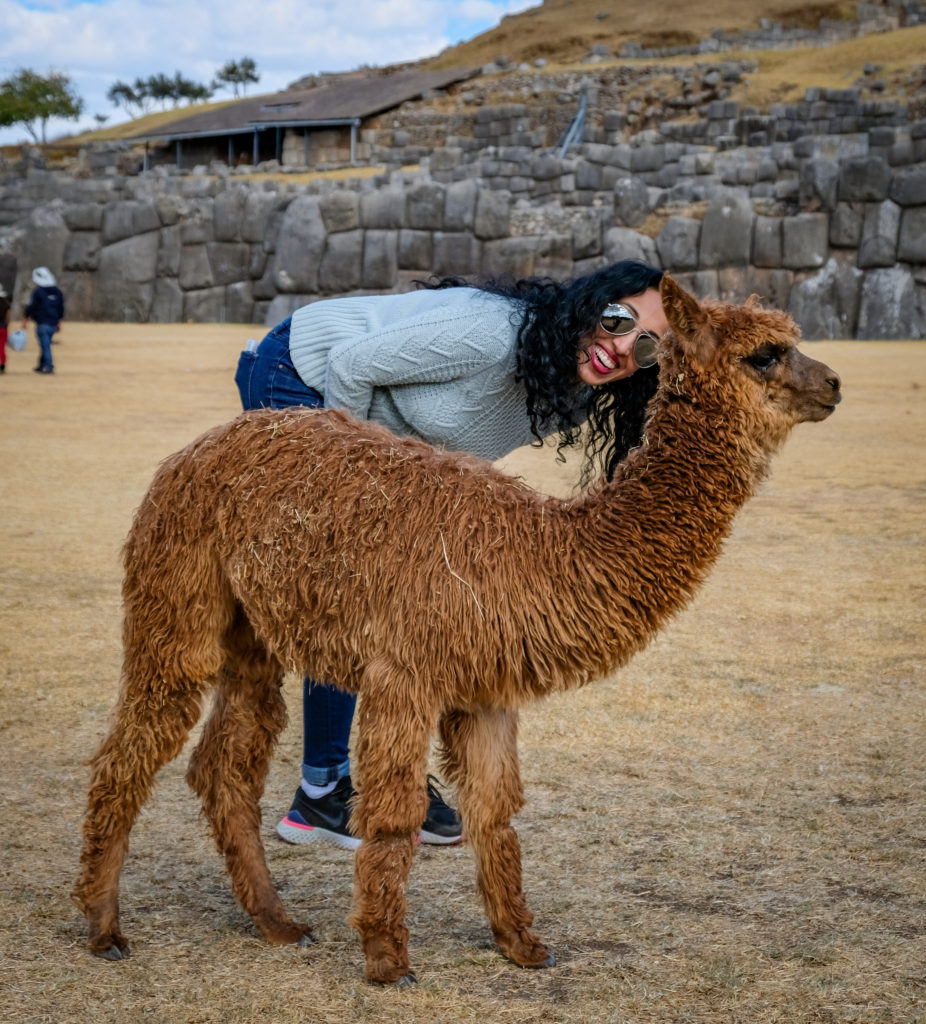
Hola Llama!
8. Learn how to mix the perfect Pisco Sour
We also enjoyed a Pisco sour tasting lesson – learning from the mixologist about the history of this famed concoction, as well as the ideal mixture of ingredients to craft the perfect cocktail.
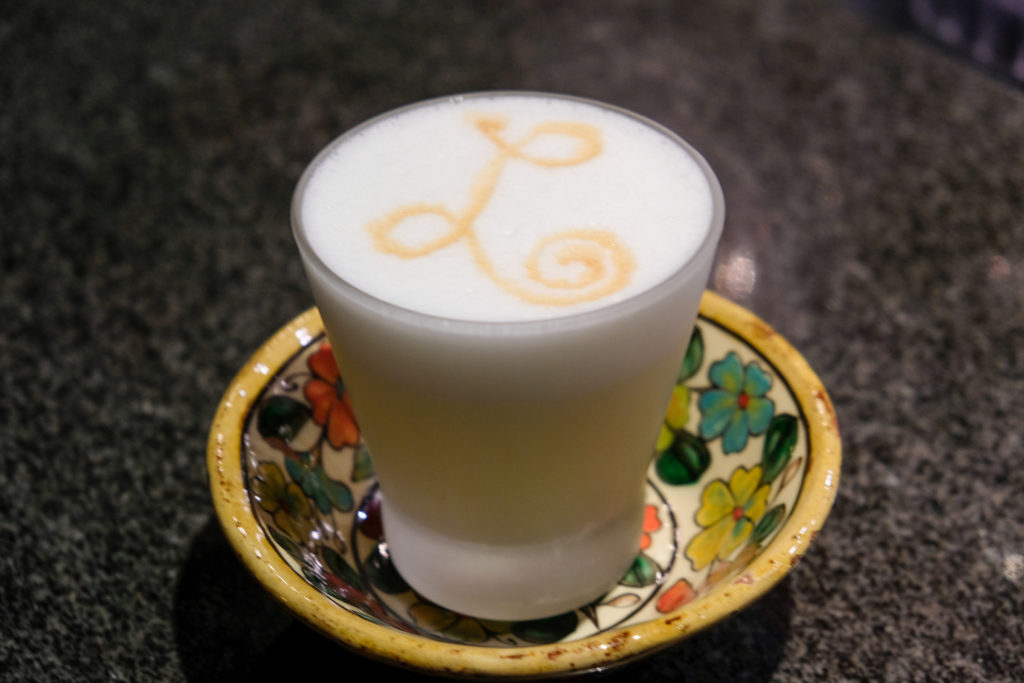
9. Dig into yummy Pollo Al Brassa at Los Toldos Chicken
When it comes to food, Los Toldos Chicken was our go-to for delicious Pollo a la brassa, Peruvian rotisserie chicken cooked over eucalyptus wood, which we (ok, just me) washed down with Inca Cola of course!
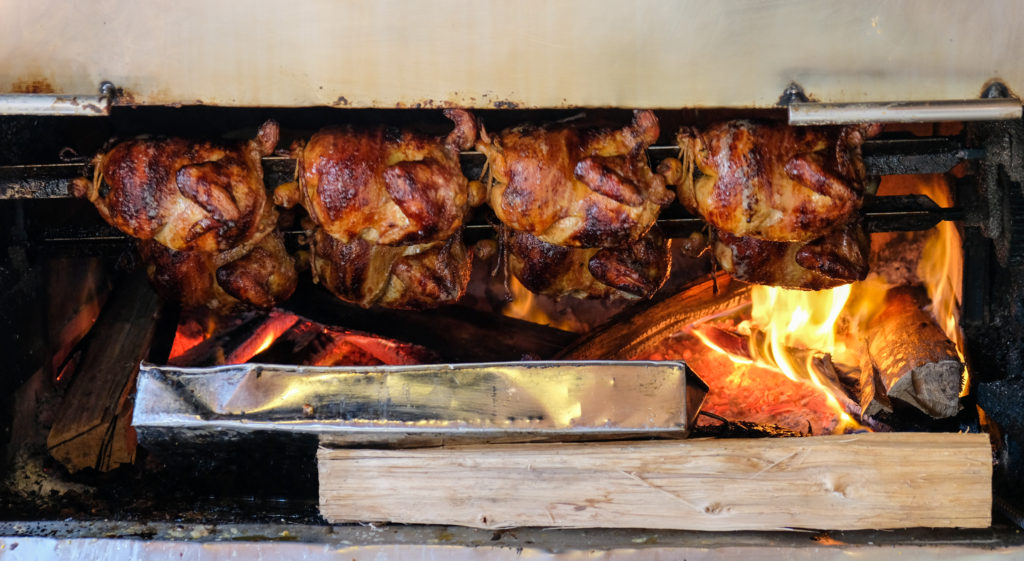
Rotisserie chicken roasting over eucalyptus firewood
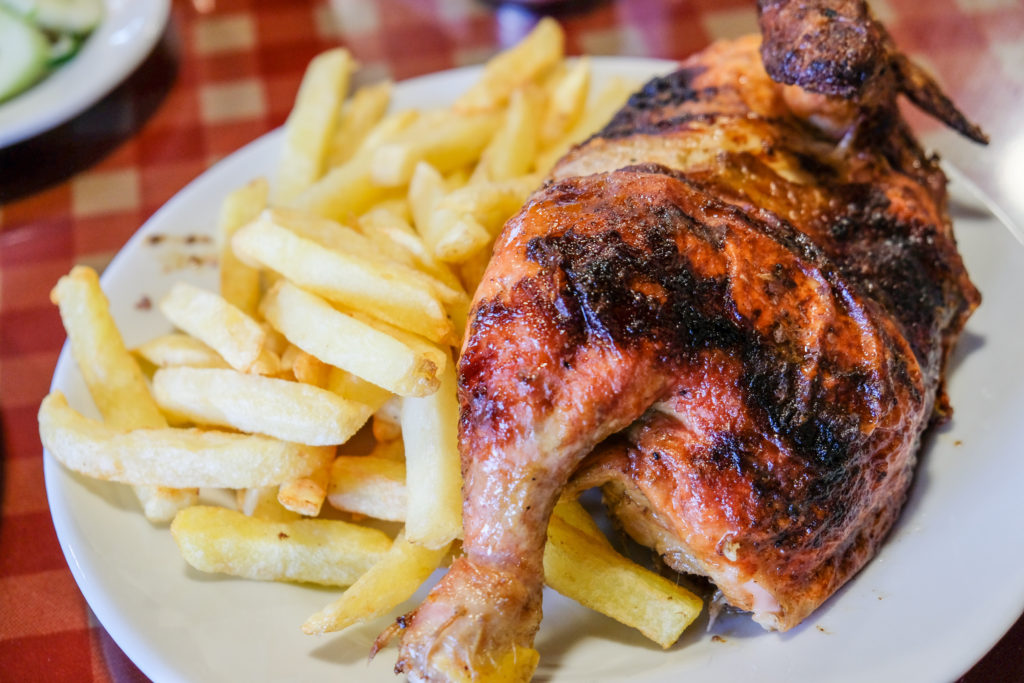
Pollo muy bueno!
10. Shop for souvenirs in the local markets
Shopping for artisanal souvenirs at the local handicraft markets in Cusco was a treat, especially for Shelly. We found all sorts of Alpaca wool products, with the highest quality ones made from super light yet soft baby Alpaca wool.
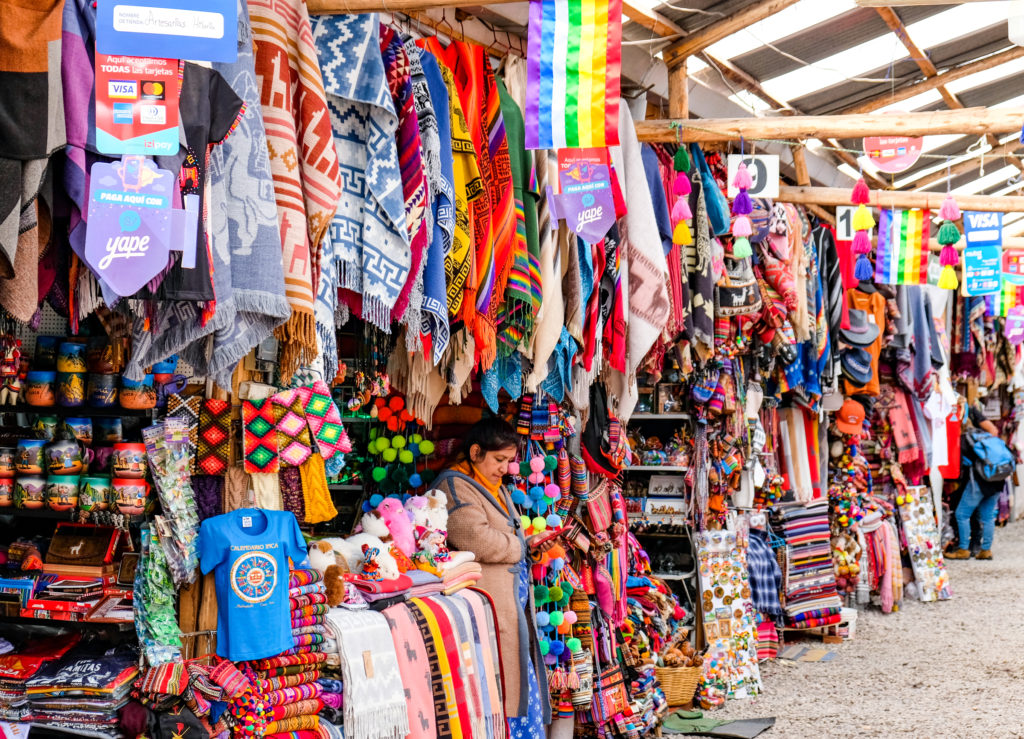
Alpaca wool products galore
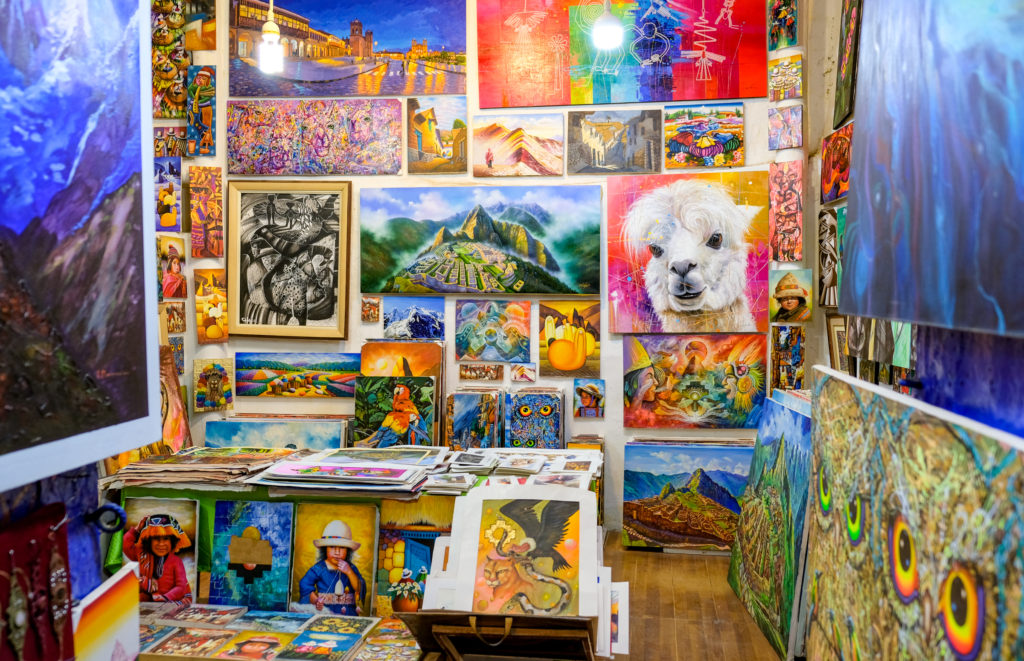
Myriad of colorful artwork
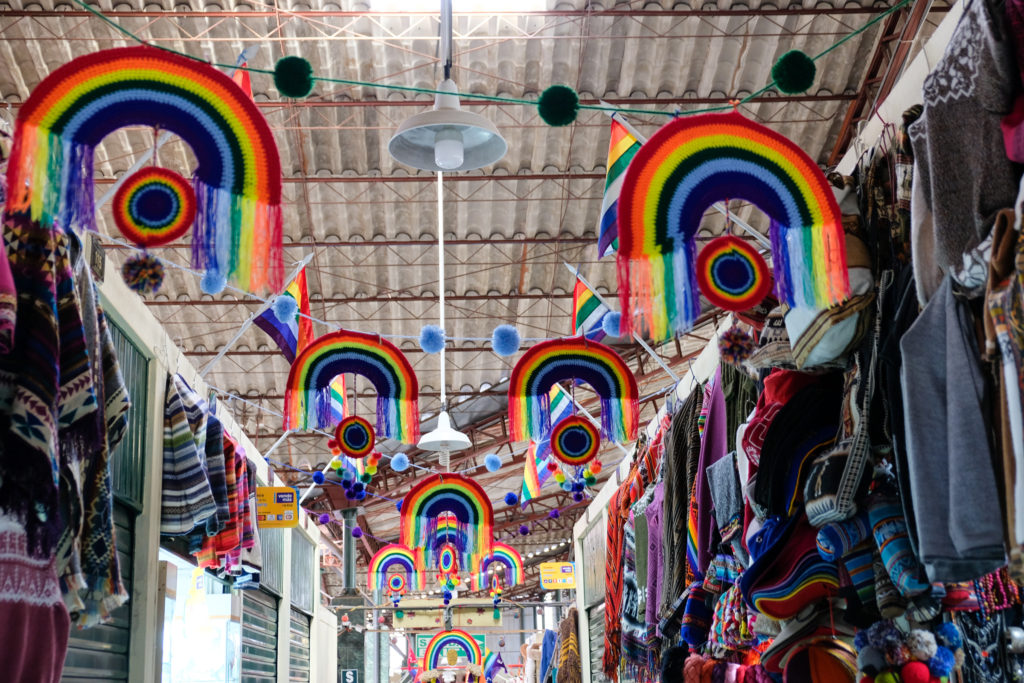
Handicarafts in the rainbow colors of the Inca flag
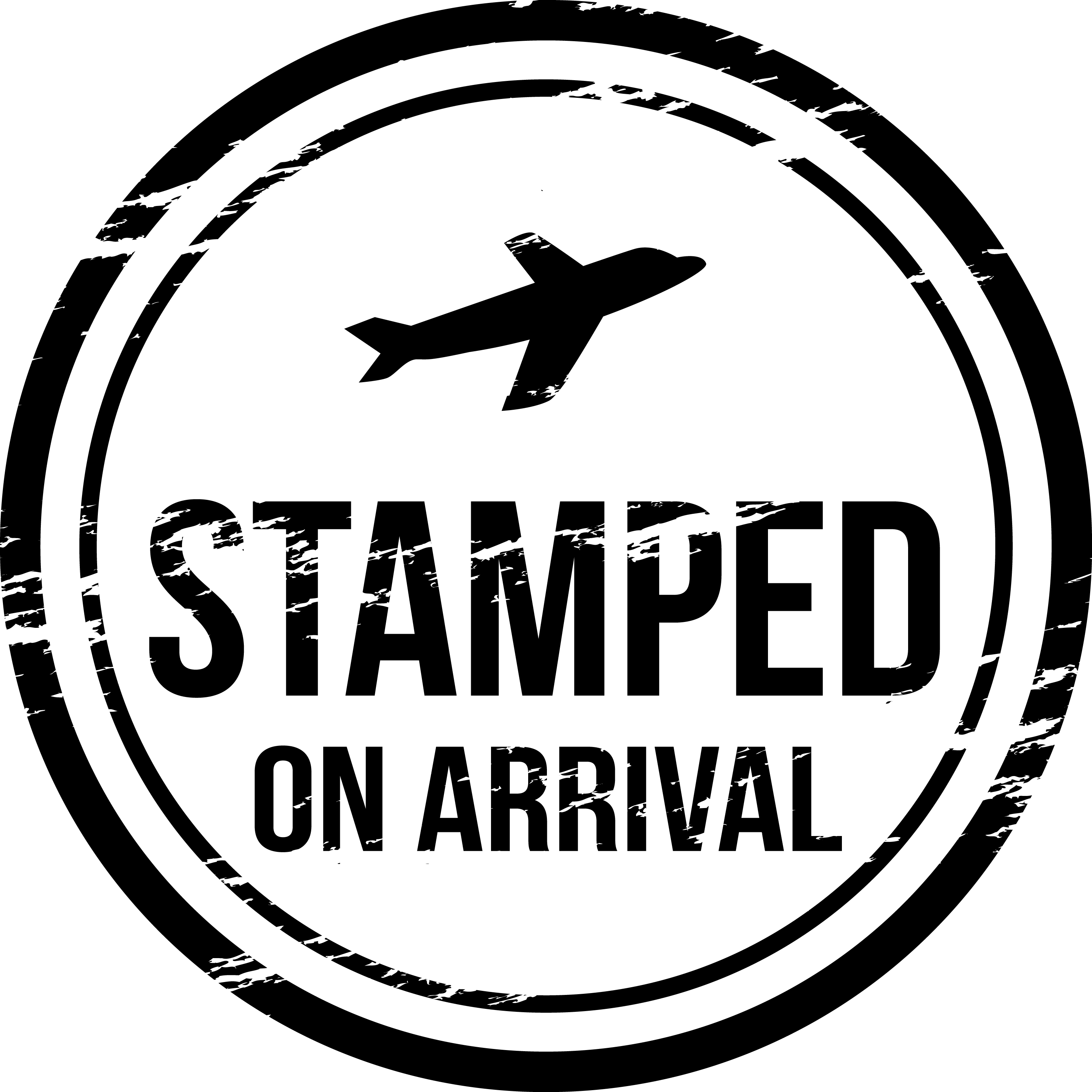
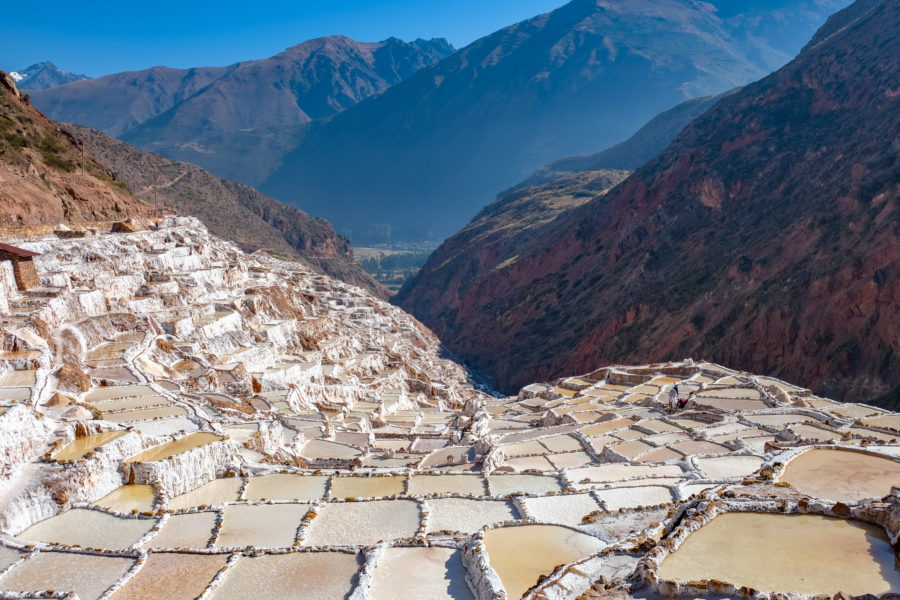
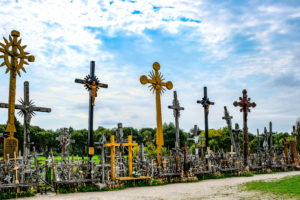
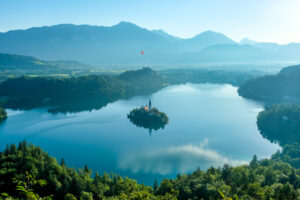
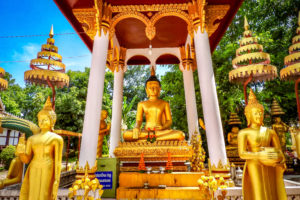




Leave a Reply
Please share your comments below!